|
Napa Valley might be one of the smallest winegrowing regions in the world, but it is renowned for its vineyards, wineries, and of course, wine! The Napa Valley AVA (American Viticultural Area) became California’s first American AVA in 1981. There are approximately 46,000 vineyard acres and over 400 wineries spread across 16 AVA appellations. Napa Valley AVA is only 30 miles long and five miles across at its widest point. Although this is a dry Mediterranean climate, within the appellations and its sub-appellations there are diverse microclimates and terrain that contribute to the grapes distinct characteristics. There are more than 34 grape varieties grown here with Cabernet Sauvignon being the most planted and Chardonnay the second. Tony Coltrin is the winemaker for Oberon Wines, which is part of the Michael Mondavi Family portfolio. Tony was born in St. Helena and is a lifelong resident of Napa Valley. Earning his oenology degree at UC Davis, he has worked in the wine industry for over 45 years. He began his career with Robert Mondavi Winery. In fact, Tony is noted for his winemaking efforts on the first vintages of Opus One as well as Robert Mondavi’s Fume Blanc. I love this quote from the Oberon website. Tony says, “Being a winemaker is not something I do every day; being a winemaker is who I am every day.” Having the advantage of being a lifelong resident, Tony knows every expression of the valley and specifically which sub-zones produce Bordeaux grapes that are exceptional. His lifelong relationships with growers throughout Napa Valley are the very essence of Oberon’s quality and consistency. Tony selects top quality fruit year after year from the finest winegrowing regions throughout Napa. I received four Oberon wine samples representing Napa Valley and Tony’s gift for winemaking. All the wines are cellared and bottled by The Michael Mondavi Family, Napa, CA. Sauvignon Blanc Napa Valley 2019 This is a blend of 75.6% Sauvignon Blanc and 24.4% Sauvignon Musqué. The grapes are sourced from the warm Pope Valley and cool Carneros appellations. Both cold tank fermentation and 13% barrel fermentation are used to maximize the overall fruit expression. “The cold-fermentation in-tank helps us maintain the pureness of fruit and aromatics, and barrel fermentation adds a subtle creaminess and length.” Floral, pear, melon and lemon aromas open to a palate of pear, honeydew, green apple, a hint of herbs and crisp acidity. The oak fermentation adds depth and richness along with a touch of creaminess. Enjoy as an aperitif or pair with seafood, grilled white meat, veggies and pasta salads. Alcohol: 13.7% SRP: $19 Chardonnay Los Carneros 2018 This is a blend of 99.7% Chardonnay and 0.3% Muscat. The grapes are sourced from cool, breezy, sun-drenched, western facing slopes of Los Carneros. After barrel fermentation the wine is aged in 33% new French oak for seven months. A bouquet of white flowers, pear and honey lead to a rich palate of pear, honeysuckle and apples with vanilla and caramel lingering on the finish. Fresh acidity and balanced fruit add to the expression of this wine. Enjoy as an aperitif or serve with fish, light pasta, grilled veggies, or Mediterranean fare. Alcohol: 13.7% SRP: $22 Merlot Napa Valley 2017 This is a blend of 87.7% Merlot, 10.9% Syrah and 1.4% Zinfandel. The grapes are sourced from the Oakville district. An extended maceration naturally softens the tannins and long fermentation in French oak barrels and 12 months of barrel aging. This wine has luscious dark fruit aromas that segue onto the palate with dark berries, plum, dark cherry and mocha. This is a well-structured wine with silky tannins and elegant notes. Pair with grilled meat, roasts, stews, or seared tuna. Alcohol: 13.9% SRP: $23 Cabernet Sauvignon Napa Valley 2018 This wine is a blend of 92.7% Cabernet Sauvignon and 7.3% other blending varietals. Grapes for this wine are sourced from Napa’s outstanding areas such as Rutherford, St. Helena, Oak Knoll, Yountville and Pope Valley. Taking the different expressions from each area and layering the fruit, Tony has created complexity and richness in this wine. It is aged for 13 months in 45% new French oak barrels. Lovely aromas of violet, lush dark fruit and a touch of baking spice set the stage for this elegant and expressive wine. The palate offers layers of dark berries, plum, black cherry, spice and a hint of anise. Dark cherry and bittersweet chocolate linger on a long finish. This is a well-structured wine with silky tannins and richness. Serve with grilled meat, hearty fish, pasta, or hard cheese.
Alcohol: 13.7% SRP: $25 These are complex and expressive wines and they can be enjoyed all year round. I know what I’m adding to my “pour list”. Until next time… Cheers! Penina To leave a comment or if you have an inquiry, please contact me at [email protected] When last I wrote, my wine glass and I were enjoying wines from the Russian River Valley, California. However, before I leave this golden state, I have two more wines to taste. The Federalist is a wine brand created by wine producer Terlato Wines that was launched in 2010. It features a range of wines sourced from several AVAs such as Lodi, Sonoma County and North Coast. All the wines are cellared and bottled by Federalist Vineyards. The Federalist pays homage to the Founding Fathers, Statue of Liberty and the American Bald Eagle with etched portraits on each bottle. “Born from the virtues of every forward-thinking, hard-working, red-blooded American, this is The Federalist. This Is American Craft Wine.” I received two samples from the The Federalist portfolio. Chardonnay 2018 This 100% Chardonnay is sourced from vineyards in Mendocino County. It is the only white wine The Federalist produces. The wine is aged in 35% new American and Hungarian oak, with a touch of French. The Hungarian oak contributes to the wine’s spicy character and the American oak rounds it out with a sweeter finish. This wine opens with enticing aromas of citrus, floral, apple and baking spice. The palate is layered with juicy pear, apple, sweet spice and a hint of cinnamon. It is rich and creamy with a surprisingly long finish. Serve as an aperitif or with light fare. Alcohol: 14.5% SRP: $23 Bourbon Barrel-Aged Cabernet Sauvignon 2017 This 100% Cabernet Sauvignon is sourced from vineyards in Lodi. The wine was aged for six months in American oak and then another six months in charred bourbon barrels. Lots of fresh red fruit aromas mix with smoke and spice. The palate offers juicy fruit, raspberry, cherry, smoke, spice and vanilla. This is a well-balanced wine with smooth tannins and just the right amount of acidity. Serve with grilled meat, summer salads, veggies and spicy cuisine.
Alcohol: 14% SRP: $21.99 Stay tuned for more adventures of the traveling wine glass! Until next time… Cheers! Penina To leave a comment or if you have an inquiry, please contact me at [email protected] Many of us are dreaming of places we’d like to travel to but can’t right now so instead, we are navigating through websites, movies, books and food to vicariously enjoy an otherwise unattainable and hopefully, short-lived situation. I have been traveling far and wide exploring wine regions around the world, one glass at a time. Today my wine glass and I are off to sunny California to taste Ron Rubin wines. Ron Rubin Ron Rubin is no stranger to wine. Having grown up in the wine/spirit wholesale business that his father started in 1950 in Illinois, Ron decided to pursue a degree in viticulture and enology at UC Davis in the early 70s. Bitten by the bug of California wines, Ron started adding wines to the company portfolio. Ron recalled, “The salesmen could not understand how to sell these wines. What I learned early on was that I needed to take our team to California, visit the wineries, learn, and then come back to sell the wines. It worked.” It wasn’t until late 2011, that Ron fulfilled a 40-year dream and purchased River Road Family Vineyards and Winery in the Green Valley AVA, a subzone of Sonoma’s Russian River Valley. The winery sits in the mid-slope “sweet spot” of the Green Valley. Green Valley – Russian River AVA Although Green Valley is one of the smallest appellations in Sonoma, it is the most consistent of any North Coast appellation in terms of soil, climate and flavor. Its trademark is the fog and Goldbridge soil. The fog that originates at the Petaluma Wind Gap in the coastal mountains defines Green Valley. Due to Green Valley’s proximity to the gap, this is the first place that the fog rolls in and the last place to burn off. Because of this, Green Valley encounters cooler morning temperatures for a longer period, more so than the northern parts of the Russian River. Temperature shifts are subtler here and the cool marine climate, cooler daytime readings and long growing season allow the grapes to slowly develop character and flavor as well as retain acidity and balance of sugars. This, in turn, adds to the complexity, aromas, lower alcohol and freshness of the wines. Goldridge soil is the most predominant type of soil here. It is 60% sand, 10% clay and 30% silt particles that are the remains from an ancient inland sea dating back three to five million years ago. The soil consists of a top layer of fine sandy loam that covers a subsoil of sandy loam and fractured sandstone. The soil provides good drainage and excellent, natural chemical balance. This is a perfect growing environment for cool-climate grapes such as Pinot Noir and Chardonnay. River Road Vineyards/Ron Rubin Winery The winery has nine acres of vineyards of which 6.5 acres are devoted to growing Pinot Noir and 2.5 acres are for growing Chardonnay. Ron also buys fruit from a carefully chosen handful of growers, three of whom have been selling fruit to the winery for decades. The winery is both SIP (Sustainability in Practice) Certified and Certified Sustainable by the California Sustainable Winegrowing Alliance. With his head winemaker, Joe Freeman, Ron produces two well-defined brands, Ron Rubin Wines and the River Road collection. I received seven bottles of wine representing both brands. River Road Collection Most of the wines in this portfolio are priced from $14-$20, with the exception of a Pinot Noir priced at $30. The portfolio includes an extensive range of wines established by the winery’s former owners. Ron believes that good wine should be accessible, “exceptional wines at a great value.” A signature of this collection is its easy drinking style. Ron says, “I’m a fan of low alcohol wines. I keep the alcohol in check to produce elegant wines that you can enjoy, glass after glass.” Un-Oaked Chardonnay 2019 Chardonnay grapes are sourced from both estate-owned and family-owned vineyards. This is a fresh, light wine with nice aromas of citrus and hints of honeysuckle. A palate of green apple, grapefruit, pear and crisp acidity makes this quite refreshing. Alcohol: 12.5% SRP: $14 Reserve Chardonnay 2018 Chardonnay grapes for this wine are sourced from the Russian River Valley. The wine is aged in both oak barrel and stainless steel tanks. Floral, pear and vanilla aromas segue onto the palate with hints of citrus, apple, peach and lemon zest on the finish. Bright acidity and a creamy mouthfeel blend well together. Alcohol: 13.7% SRP: $18 Reserve Cabernet Sauvignon 2018 Cabernet Sauvignon grapes are sourced from the Alexander Valley. This wine is aged for nine months in French and American oak barrels. A juicy bouquet of berries, plum and baking spice continue onto the palate with blackberry, strawberry, dark cherry and toasted oak. Fresh acidity rounds out the palate with a smooth and pleasant mouthfeel. Alcohol: 13.9% SRP: $25 Pinot Noir Stephanie’s Cuvée 2017 Pinot Noir grapes are sourced from Green Valley and the wine is aged in 20% new French oak barrels. This wine opens with a bouquet of ripe red fruit, floral, baking spice and a touch of blueberry and raspberry. The palate offers lush blackberry, raspberry, spice, cocoa and a dollop of dark cherry and vanilla on the finish. It is a smooth blend of fresh acidity and tannins. Alcohol: 14.3% SRP: $30 Ron Rubin Collection These wines are mostly made with Russian River fruit made from blends of different estates that add complexity and consistency from year to year. Winemaker Joe Freeman says, “Differences in terroir are more important with Pinot Noir. For Chardonnay, it’s the clones that have more impact.” The wines carry a price tag of $14-$25. Pam’s UN-Oaked Chardonnay 2018 When Ron Rubin bought the winery, his wife Pam asked him to please make an un-oaked version of her favorite white grape, Chardonnay. Ron and Joe Freeman set to work and one year later, Pam’s UN-Oaked Chardonnay made its debut. The grapes for this wine were sourced from Clarksburg, Lodi and Mendocino County. This is a fresh fruit, off-dry wine with plenty of juiciness and moderately low-alcohol. Citrus, lots of pear, sweet apples and nectarine envelop the palate. It is balanced with just the right blend of alcohol, acidity and sugar. And yes, there is the slightest hint of effervescence Alcohol: 12.5% SRP: $14 Ron Rubin Russian River Valley Chardonnay 2018 Grapes were sourced and handpicked from an intricate blend of clones in the winery’s favorite vineyards. The grapes were barrel fermented with a mix of French and American oak. After fermentation, the wine was aged for over six months in oak barrels with another six months or so in the bottle. Pear, tart apples and baking spice greet the nose with an abundance of juicy pear, apples, honeydew and hints of minerality that entertain the palate. A creamy texture with a balance of bright acidity adds to the structure of this wine. Alcohol: 13.7% SRP: $20 Ron Rubin Russian River Valley Pinot Noir 2017 This wine is made mostly from Green Valley grapes grown on the estate with some grapes acquired from a few local, family vineyards. The wine was aged in new French oak barrels. Aromas of ripe red fruit, sweet spice, cherry, berries and a hint of herbs lead to a palate of sour cherry, cranberry, ripe red fruit, vanilla and a touch of earth. Soft tannins and crisp acidity round out this fruit-driven wine.
Alcohol: 13.7% SRP: $25 All of these wines are light, food-friendly and price approachable and they are fun to drink. Pour a little California sunshine in your wine glass! Until next time… Cheers! Penina To leave a comment or if you have an inquiry, please contact me at [email protected] My last story was a virtual tour of the DÃO wine region in Portugal. Since it is so close to the Douro region, I thought it might be fun to “virtually” stop by Quinta do Crasto winery and taste a few of their wines. Quinta do Crasto is a fourth-generation, family-run business that has been in the family of Leonor and Jorge Roquette for more than 100 years. It is also one of the oldest winemaking estates in the Douro region. The earliest written records mentioning Quinta do Crasto and its wine production date back to 1615. One hundred forty years later, in 1756, the Douro became the first-ever demarcated and regulated wine region in the world. And in 2001, UNESCO sanctioned the Douro region as a World Heritage site. Quinta do Crasto is headquartered in the heart of Douro Valley, in Gouvinhas, a municipality of Sabrosa. It is one of the most picturesque parts of the Douro. Constantino de Almeida bought Quinta do Crasto in the early 20th century. He was famous for his wine house dedicated to the production of port. After his passing in 1923 Constantino’s son, Fernando Moreira d’Almeida, took on the management and production of high-quality Port wine at Quinta do Crasto. In 1981, Leonor Roquette, the daughter of Fernando Moreira d’Almeida, together with her husband Jorge Roquette assumed majority ownership and management of the estate. With the help of their sons, Miguel and Tomás and daughter, Rita they renovated and extended the vineyards and began producing Douro DOC wines, which the winery is now known for both domestically and abroad. The Douro may be famous for supplying the world with its production of port wine, however, it is now being praised for its succulent and refined unfortified wines, both red and white. And, Quinta do Crasto is producing top quality wines combining a state-of-the-art wine cellar with traditional methods of winemaking. In addition to port and unfortified wines, they also produce olive oil. Quinta do Crasto has four estates spread across the sub-regions of the Douro Demarcated Region of northern Portugal. The Douro experiences a hot, continental climate with each sub-region demonstrating its own unique topography, soil and water resources. Quinta do Crasto is a 335-acre estate of which 185 acres are planted to vines located in the Cima Corgo sub-region. Most of the vineyards are on south-facing slopes that extend from the banks of the Douro River to an altitude of almost 600 meters. The soils are of schist complex types that can absorb and retain heat. This combined with dry conditions and excellent sun exposure forces the roots to grow dozens of meters deep in search of water. All of these conditions contribute to the complexity and intensity of the wines produced. Small plots of old vines that total 98 acres are located on terraces with stone retaining walls to protect these older vines, some of which are a hundred years old. Quinta do Crasto recently expanded their vineyards to the Douro Superior sub-region with a new vineyard of 371 acres. I recently received two samples of Quinta do Crasto wine from the Cima Corgo sub-region. Crasto White 2018 This wine is a blend of 40% Viosinho, 30% Gouveio and 30% Rabigato indigenous grapes. 85% of the blend was matured in stainless steel vats and 15% of the blend was fermented and aged in used French oak barrels for three months. Light lemon in color, aromas of floral, citrus and pineapple give way to a fresh and lively wine on the palate. Notes of minerality are well integrated with a creamy texture and lemon zest on the finish. Rabigato contributes to the natural acidity, Gouveio contributes citrus notes and Viosinho adds dimension and texture. Enjoy as an aperitif or serve with seafood, grilled fish, white meat and light pasta. Alcohol: 12% SRP: $20 Crasto Red 2018 This wine is a blend of 35% Touriga Nacional, 30% Tinta Roriz, 25% Touriga Franca and 10% Tinta Barroca indigenous grapes. 85% of the blend was aged in temperature-controlled stainless steel vats and 15% in French oak barrels for six months. Deep purple in color, this wine has a heady bouquet of fresh ripe berries, floral and baking spice. The palate offers dark berries, plum, spice, anise, a hint of pomegranate and chalky minerality. Acidity, tannins and texture are nicely balanced. Pair with grilled meat, pasta, stews and grilled tuna.
Alcohol: 14.5% SRP: $20 Both wines are well structured and exhibit freshness and balance. And, they pair well with many seasonal dishes. Pour yourself a glass of the “Douro Valley” and enjoy! Until next time… Cheers! Penina To leave a comment or if you have an inquiry, please contact me at [email protected] We may not be able to travel by plane, train or car to explore wine regions at this point in time, but one can still open a bottle of wine originating from just about anywhere in the world. A bottle of wine embraces the essence of vineyards and terroir and can magically transport you to the region from whence it came. So, pour yourself a glass of wine and join me on a visit to the DÃO wine region from the comfort of your home. This past February, I attended a wine dinner in NYC to learn about the DÃO wine region of Portugal. Eugenio Jardim, a wine educator, Sommelier and Wines of Portugal US Ambassador, led a lively discussion and tasting of this region’s wines Portugal Portugal is located in the southwest corner of Europe in the Iberian Peninsula. It is the westernmost country of Europe, surrounded by Spain to the north and east, and the Atlantic Ocean to the south and west. The country is divided into fourteen regional wine areas, each with its own unique geography and climate. What makes Portugal so unusual with regards to wine is that it boasts a remarkable number of grape varieties that cannot be found anywhere else in the world. There are over 250 indigenous grape varieties officially registered in Portugal and many of these varieties are restricted to the national territory. The Alvarinho, Baga and Touriga Nacional grapes are probably the most widely known by name. DÃO Wine Region DÃO (pronounced “down” with the emphasis of the “n” being drawn out) is one of Portugal’s most notable wine regions located in the center of northern Portugal and south of the well-known Douro Valley. Its name is derived from the Dão River along which many of the region’s vineyards are located. Dão is surrounded on all sides by granite mountains that completely protect the region from the direct influence of the continental climate here, including the cold and rain coming from the ocean. This natural topography provides ideal conditions for the vineyards. Eugenio said, “Dão is a gift of Mother Nature. It is a very unique and special place. The region is secluded and protected by the mountains; it has a long growing season and no drastic temperature fluctuation. The mountains provide a balmy, cooling effect on the vineyards.” Vineyards are located on plateaus with lots of sun exposure, ensuring the grapes reach perfect ripeness. Typical vineyard elevations are 1300 ft. to 1500 ft. The evening brings a significant diurnal shift in temperature that allows the grapes to cool down from the daytime heat, helping to retain the acids and freshness. Eugenio said, “Winegrowers are discovering that if they move up the mountain to 2500 ft., especially on the eastern border, the high elevation has perfect growing conditions for producing very concentrated grapes.” The soil content in the Dão region is 97% granitic with some schist, which contributes to the minerality in the wine. Dão region is spread over 388,000 hectares and has seven sub-regions that cover approximately 20,692 hectares (51,131 acres) of planted vines. Most of the vineyards and wineries are hidden and not visible from the road. Pine trees, broom, brushwood or walls obscure the vineyards and make it necessary to traverse mountain paths, riverbanks, or go through villages to find them. “Because only in secret can you produce a masterpiece. Dão wine.” A Brief History Dão is the second oldest wine region in Portugal, with the Douro being the oldest wine region, not only in Portugal but also in the world. The Douro became the first demarcated and regulated region in the world in 1756. In 1908 the Dão region was recognized for its perfect grape growing and winemaking conditions and formally became a demarcated region. The region maintained a good reputation for its wines until Dictator Antonio Salazar took power in 1932 through 1968 whereupon he decided to reform the agricultural and wine industry of Portugal. Salazar’s controlling policies was felt particularly hard when he decreed that all Dão wine had to be produced and sold by cooperatives for Portugal consumption only. The emphasis became quantity, not quality. After the old regime dismantled in 1974, changes were slowly made. In 1986 Portugal joined the EU (European Union) and rewrote its entire wine classification and demarcation system under EU rules. It was at this point Portugal began its rebirth and money started coming into the country and wine became a business. It has been flourishing ever since. Eugenio said, “Businesses started growing and with an influx of money, improvements in the wineries have been made over the years, including electricity for some. And for the first time, these wineries were able to refrigerate their tanks. Production of reds, whites, rosés and sparkling wines has increased. Refined winemaking is in place.” The Dão region became a DOC appellation (Denominação de Origem Controlada) in 1990. Younger generations of winemakers are now entering the business and embracing the traditional culture of winemaking while revolutionizing and modernizing the way wine is made and received. And what was once a male-dominated business is now seeing more female oenologists. Eugenio said that 60% of all oenology school graduates in Portugal are female. He also said, “ Wines are becoming more delicate, sophisticated and elegant.” Major Grapes Dão is home to many indigenous grape varieties. Most wines are made with the following: Red Grapes Touriga Nacional Alfrocheiro Aragonez-Tinta Roriz Jaen White Grapes Encruzado Malvesia Fina Bical Cerceal Branco Here is a description of the above grapes courtesy of Dão Rota Dos Vinhos. Touriga Nacional The noblest of the red grape varieties, it gives wines an intense red color, with purplish-blue shades when young. The resulting aromas are intense and highly complex, with traces of very ripe dark fruit flavors and a hint of the wild and the forest. The wines are full-bodied, persistent, robust on the palate and very fruity when young. They possess great potential for prolonged aging as they take on elegance and a distinct velvety aroma and taste. Alfrocheiro This grape variety contributes to the excellent balance between acids, sugars, tannins and good wine color, whilst also providing delicate fruity aromas that are reminiscent of ripe strawberries and take on greater complexity as time goes by. Aragonez – Tinta Roriz A grape variety that intensifies the aromas of ripe fruit, providing plenty of color and good alcohol levels. It is well known for its excellent balance marked by the quality of its tannins and its balance of body and acidity, resulting in very elegant, harmonious wines with a great potential for aging. Jaen The wines made from this variety are elegant, with a regular alcohol level, bright in color and very smooth, given the quality and mellowness of their tannins. But what sets this grape variety apart is its intense, delicate perfume, with a slight hint of raspberries. Encruzado This variety ranks first amongst white grape varieties. The wines are lemon in color, with a good alcohol level. They are highly delicate and elegant with complex aromas with vegetable, flower and mineral notes. Delicate and elegant in taste, they provide a notable alcohol/acidity balance. They have great potential for prolonged aging and surprise you with their freshness and persistence on the palate. This is the most balanced grape variety of the Dão region. Malvasia Fina Used to obtain lemon-colored wines, with intense, albeit simple, mainly flowery aromas, and balanced acidity and elegant finish of medium persistency. It has great potential for aging and its wines boast an extraordinary bouquet and change to a straw-yellow color. Of further note is the complexity of their aromas associated with delicacy, balance and elegance. Blended with other grape varieties from Dão, this variety transmits the “je ne sais quoi” and special personality of the white wines of the region. Bical This grape variety is used to obtain light yellow colored wines, with complex, delicate, relatively dry and elegant fruity aromas, and also provides a good alcohol level and low acidity. Cerceal Branco This grape variety produces lemon-colored wines with an intense, delicate fruity fragrance, the acidity of which gives it a lively taste. It is normally blended with other grape varieties to give them acidity and characteristic aromas. Eugenio took our palates on a “wine tour” of white and red wines. The lineup was impressive and we were not disappointed. Most of the wines were native blends except for a few bottles of 100% Encruzado, 100% Touriga Nacional and 100% Jaen. White Wines The common thread between the white wines we tasted was their complex aromas, high acidity, mineral edge and great texture. Citrus flavors played a second seat to the floral, orchard fruit and melon. All the white wines had alcohol levels hovering around 13%. Although most of the wines were blends, I had the opportunity to taste two 100% Encruzado that were elegant and left me wanting more! Eugenio said, “The Encruzado is a grape variety to keep your eye on. This variety is only used in the Dão region and can be compared to Chablis and Chardonnay. It is not widely planted and most of these grapes are blended with Malvasia Fina.” Red Wines The majority of Dão vineyards are planted with red grape varieties. Red wines from the Dão tend to be lighter in style than most reds found in other wine regions of Portugal. Firm tannins, bright acidity, floral, ripe red or black fruit and spice can be found in the various styles and blends. Touriga Nacional (used for port) tends to be the main grape used in Dão red blends. All of the reds I tasted were dark ruby in color with intense aromas, yet delicate and full of complexity. Alcohol levels averaged between 12.5% and 13.5%. Having never tasted Jaen, it was a treat to try a 100% Jaen wine. It was well structured and complex with cherry, plum, spice and mouthwatering acidity. It is another age-worthy wine to put on your radar.
Simply put, Dão wines are elegant and complex, with natural acidity and age-worthiness. Not only is the Dão region a gift from Mother Nature, but the wines produced here are a gift as well! Pour a glass of Dão wine and embrace the essence of the region without ever having to leave home! Until next time… Cheers! Penina To leave a comment or if you have an inquiry, please contact me at [email protected] Many of us are frustrated and trying to be inventive in the kitchen as our food supplies dwindle and items become difficult to find. It is one of many challenges during our shelter in place and quarantine due to COVID-19. While rummaging through my kitchen cabinets the other day to take stock of what was left, I discovered a large unopened bag of organic quinoa. It was like finding the Holy Grail! My mind was going a mile minute thinking of all the quinoa recipes I knew and more importantly what ingredients I had on hand that might help me endure another few weeks while sheltering in place. With limited supplies, I decided to make sautéed quinoa cakes. I had one shallot left, a jar of pumpkin seeds (used as a substitute for pine nuts), grated Parmesan, cranberry Craisins, dried herbs, eggs and olive oil. I know it is a strange combination of flavors, but it worked! After gently cooking the quinoa, I set it aside to cool. I combined the minced shallot, pumpkin seeds, Parmesan, Craisins and herbs, one or two beaten eggs as needed and then mixed it into the cooled quinoa, adding salt and pepper to taste. I heated up the skillet with olive oil, formed the quinoa mixture into patties and sautéed them for about five minutes on each side until they were golden brown. A few fell apart but they were very tasty, nonetheless. My next decision was what wine to pair with the quinoa cakes. It was a no-brainer. Donnafugata SurSur 2018 Grillo, Sicilia DOC SurSur is made with 100% Grillo grapes, an ancient indigenous variety from Sicily. Grillo is one of Sicily’s best-known grapes found throughout western Sicily and is noted for its citrus flavors, sweetness and mild acidity. Due to the grape’s high sugar levels, it is ideal for the production of fortified wines. Historically, Grillo was used in the production of Marsala wine. However, Catarratto has taken the lead. And now due to the innovation of winemakers, Grillo has a wide range of styles, from crisp and savory, to structured and mature. It is interesting to note that in 1848 Grillo became a hybrid of Zbibbo and Catarratto. The grapes for SurSur were harvested from Donnafugata’s Contessa Entellina Estate Vineyard located in the Southwestern part of Sicily. The wine is aged in tanks for two months and then at least three months in the bottle before release. This is a “sit up and take notice” fresh wine with enticing aromas of white flowers, citrus, stone fruit and pineapple that segue onto the palate with pear, lemon and a hint of herbs. It has a nice balance of savory and fruit with moderate acidity. Serve as an aperitif or pair with light appetizers, seafood, salads and quinoa cakes! To quote Donnafugata, “SurSur is a fresh and fruity Grillo with a youthful spirit”. Alcohol: 13% SRP: $21 The quinoa cakes and SurSur were a perfect “pas de deux” of sweet and savory and my palate is quite happy! Stay tuned for more #stayhome adventures with limited kitchen ingredients and lots of wine!
Until next time… Stay Safe, Stay Home and Be Well! Cheers! Penina To leave a comment or if you have an inquiry, please contact me at [email protected] In September of 2019, I embarked on a whirlwind tour of distilleries located throughout the state of Virginia. I met with 25 distillers and toured numerous distilleries. My big take away from this trip (aside from the amazing spirits) was the overall emphasis on community spirit and a palpable non-competitive support system between the distillers. They all share the same goal and passion for the industry and are dedicated to working hard to promote Virginia Spirits. It is quite awe-inspiring! What is also awe-inspiring, but not surprising is how many of these distilleries have opened up their hearts and turned their businesses into the manufacturing of hand sanitizers. If anyone had asked me several months ago if I would be interested in covering a story about distilleries making hand sanitizers, I would have laughed. But here we are today in the middle of a pandemic of epic proportions and it is no laughing matter. Hundreds of distillers across America are switching production from spirits to making hand sanitizer and providing front-line healthcare workers, first responders, hospitals and their communities with a much-needed product during the COVID-19 pandemic. With column stills and other necessary equipment already in place, the transition is easier, even though necessary adjustments need to be made to comply with FDA and WHO. According to federal and WHO guidelines, the recipe for hand sanitizer calls for 80% ethanol (which is highly flammable), water, hydrogen peroxide and glycerol. Fortunately, distillers are prepared and used to working with high-grade alcohol of which there are strict regulations that need to be followed. The Alcohol and Tobacco Tax and Trade Bureau that oversees the spirits industry amended parts of the law on March 18th waiving the requirements that distilleries must obtain permits to produce hand sanitizer. This has made it easier for more distilleries to begin production. Here are some thoughts shared by two distilleries in Virginia who are now making hand sanitizer. Vitae Spirits This is a family-owned crafts distillery located in Charlottesville, VA. The distillery was founded by Ian Glomski, Ph.D., former Professor of Microbiology at the University of Virginia School of Medicine. His specialty is infectious diseases. Vitae translated means “of life”. The distillery’s main focus is rum, but they also produce gin. And I can attest to the quality of the many delicious varieties of rum that I sampled with Ian. Today the copper stills are being put to another use. Ian said, “At some level, it hurts me to turn our tasty rum and gin into sanitizer, but in times like this it's the right thing to do. We focus our hand sanitizer delivery to non-profit and front line organizations that are directly fighting the pandemic at a number of different levels, i.e. health care providers/food services, etc. We also reserve a small portion for our customers as a thank you for their patronage. I look forward to the day we are laughing and drinking our spirits with a crowd of friends again.” With the scarcity of hand sanitizers available to the public, Vitae made a valid and helpful suggestion on their website. Why didn’t I think of this? “REMEMBER: Hand sanitizer is a backup measure for washing hands thoroughly with soap and water and should be reserved for times when one does not have access to soap and water. Please consider carrying a bar of soap and a water bottle with you instead of relying on hand sanitizer.” KO Distilling Bill Karlson and John O’Mara, life long friends, joined forces in 2013 to make spirits using local ingredients with the intent of embracing the local community with their new adventure. Bill is CEO & Marketing/Sales Director and John is President and Head Distiller. The above photos were taken in September/2019. From left to right is Bill Karlson and John O'Mara. Photo credit: Penny Weiss KO Distilling was incorporated in 2013 and construction began in 2015 to create a state-of-the-art production facility and local tourist attraction in Manassas, VA. After initially offering un-aged whiskey and gins, Bill and John produced their first aged spirit in November 2016 called Bare Knuckle American Wheat Whiskey. I had the opportunity to taste a variety of their whiskey and bourbon while visiting the distillery. On March 12, 2020, Bill Karlson closed the distillery and tasting room to the public to protect the health and well being of his employees and customers. Bill said, “During the ensuing weeks, the severity of the pandemic and, importantly, the demand for hand sanitizer became clear, and we knew we had to join our distillery colleagues in producing this important tool for first responders. When coming up with a name for our hand sanitizer, it was fitting for us to use Bare Knuckle. We are glad to be able to help the community fight the good fight during this coronavirus pandemic.” The distillery plans to produce approximately 2,000 gallons of Bare Knuckle Hand Sanitizer each week and initially plans to donate supplies to Manassas area first responders, hospitals, charitable organizations, and nursing homes. Additional quantities are being sold through government channels or to essential businesses to help cover production costs and support the continued employment of their 15 employees.
The Distilled Spirits Council (DISCUS) is tracking spirit makers that have converted their facilities to create hand sanitizer. DISCUS is a national trade association that represents producers and marketers of distilled spirits sold in the United States. They have created a map that identifies which distillers in 50 states have announced their plans to make the sanitizer. Visit their website at www.distilledspirits.org I am sending a huge shout-out and an abundance of gratitude to all distilleries and breweries throughout the USA and beyond that are stepping up, donating and helping to ease the hand sanitizer shortage during this very scary and uncertain pandemic. Bravo! Until next time… Stay Safe, Stay Home and Be Well! Cheers! Penina To leave a comment or if you have an inquiry, please contact me at [email protected] Several months ago I journeyed to Franciacorta, located in the Lombardy region of northeastern Italy. My stay was brief, but the sparkling wines produced there left quite an impression on my palate. Upon my return home, I received an invitation to attend a sparkling wine tasting and luncheon in NYC featuring the wines of Mirabella, an established winery in Franciacorta. A small group of us gathered in a private room at the Palma restaurant that was adorned with flowers and a dash of spring! It was festive and a perfect setting to enjoy sparkling wines. For those of you who may have missed my story about Franciacorta, here is a recap. Franciacorta is a small wine-producing area located in the captivating Brescia province in the heart of the Lombardy region of northern Italy. It is a picturesque wine region surrounded by the foothills of the Alps to the east, the Oglio River to the west, the shores of Lake Iseo to the north and Po Valley to the south. It is an ideal setting for sparkling wine production. Due to the morainic origin of this area (rocks and sediments that were carried down by the retreating glaciers), the well-draining alluvial soil is rich in minerals. The climate in Franciacorta is considered warm continental, which is influenced by the Alps. The area also benefits from its close proximity to Lake Iseo, which helps to moderate temperatures and plays an important role in both summer and winter seasons. A beautiful dance takes place between the cool air that descends from the Alps and is then captured by Lake Iseo allowing just the right amount of warmth to spread over the vineyards for the grapes to ripen and reach proper sugar levels. The dance continues at night when the cool air from the higher elevations of the Alps swoops down to bring fresh air and cool the vineyards from the heat of the day. The diurnal temperatures contribute to optimal grape ripening and preserving acidity in the grapes. Although still wine and sparkling wine have been made in this area for centuries, it is Franco Ziliani, a young winemaker working for Guido Berlucchi who is credited for his approach to making the highest quality metodo classico wine with his first vintage in 1961 bearing the name ‘Franciacorta’ on the label. This set in motion the drive for other winemakers to also make the best sparkling wine with the aim for “high quality, not quantity”. In 1967, DOC (Denomination of Controlled Origin) was formed with 11 producers. In 1990, Franciacorta was given official status and the Consortium Franciacorta was founded. As stated by the Consorzio Franciacorta, ”The name on the label – Franciacorta- is a single word that defines the land, the production method and the wine”. In 1995, Franciacorta obtained DOCG status, the highest standard of quality for Italian wine. Today, the Consorzio represents 97% of the producers in Franciacorta. The Franciacorta DOCG sparkling wines are produced exclusively using the traditional “Metodo Classico” method where the second fermentation takes place in the bottle. Only Chardonnay, Pinot Nero (Pinot Noir) and Pinot Blanc are allowed in the blend. The regulations are very strict. The harvest must be done by hand and the requirements for aging on the lees are as follows: Franciacorta Non-Vintage is 18 months Franciacorta Satèn and Rosé Non-Vintage is 24 months Franciacorta Vintage is 30 months Franciacorta Riserva is 60 months Now that you are all caught up on Franciacorta, let’s explore Mirabella. Mirabella is a family-run winery that was founded in 1979 by Teresio Schiavo and the late Giacomo Cavalli. The estate derives its name from Mirabella hill, where the oldest vineyard was planted. Today, Teresio’s sons Alessandro and Alberto run the business along with their father and all three are oenologists! Alessandro is Cellar Master and works alongside his father Teresio producing wines and Alberto is the Marketing, Sales and Commercial Direction Manager. Teresio said, “Because Alessandro took over the oenological aspects and is progressing with skill and above all, great enthusiasm, I willingly put my faith in him, leaving me with fewer commitments and responsibilities. My son, Alberto, is a much better public speaker than me and is well suited to his tasks of marketing and director manager.” Mirabella is comprised of 13 vineyards spread over 56 hectares which are all organically farmed. The winery is among the first to adopt a sustainable approach in the vineyards as well as in the cellar. Due to the cellar’s underground location, it is surrounded by natural thermal insulation that maintains the correct temperature and humidity inside. Thick concrete tanks keep wine at naturally low temperatures without the need for external cooling devices, thus using less energy. Since 2012, Mirabella has been using 100% renewable energy. In addition, Mirabella has been working on lowering the amount of sulphites for all their wines. In 2013 they released their first no-sulphite wine, Elite, Franciacorta DOCG Extra Brut. There are zero sulphites and zero allergens such as milk and egg used for the fining process. This is an ongoing project that is taking Franciacorta to the next level. Mirabella produces eight wines of which I had the pleasure of tasting five at the luncheon. Pinot Bianco Brut Nature is made with 100% Pinot Bianco. The use of this grape is rare in Franciacorta and is one of Mirabella’s distinctive wines. Mirabella is the only winery in Franciacorta to have the highest amount of plantings. They have invested much time over the past 40 years cultivating this terroir-driven grape, which is delicate and requires a lot of attention. Because these grapes are early and fast to ripen, Pinot Bianco is the first grape to be harvested. The first fermentation takes place in concrete vats and the second fermentation for 24 months in the bottle and then three additional months after disgorgement. This is a lovely sparkling wine with a bouquet of floral, yeast and light fruit. The palate offers creamy, persistent bubbles with pear, apple and a hint of herbs. It is well integrated with freshness and acidity. Satèn Franciacorta DOCG is made with 100% Chardonnay harvested from 18 year-old-vines. With the first fermentation, 10% of the basic wine is placed in barriques. Second fermentation is over 36 months in the bottle and three additional months after disgorgement. Aromas of white flowers and stone fruit lead to a palate of fresh acidity, pear, a touch of lemon zest, vanilla, honey and a deliciously creamy mouthfeel and fine bubbles. Edea Brut Blanc de Blanc DOCG is a blend of 80% Chardonnay and 20% Pinot Bianco The first fermentation takes place in cement vats and the second fermentation is minimum 24 months in the bottle with three more months after disgorgement. Lovely aromas of stone fruit, floral and citrus lead to a palate of fresh acidity that is well integrated with apples, pear, baked bread, persistent bubbles and a rich mouthfeel. This is a light wine with pleasing complexity. Edea Brut Blanc de Blanc DOCG is a blend of 80% Chardonnay and 20% Pinot Bianco The first fermentation takes place in cement vats and the second fermentation is minimum 24 months in the bottle with three more months after disgorgement. Lovely aromas of stone fruit, floral and citrus lead to a palate of fresh acidity that is well integrated with apples, pear, baked bread, persistent bubbles and a rich mouthfeel. This is a light wine with pleasing complexity. Rosé Franciacorta DOCG is a blend of 45% Pinot Noir, 45% Chardonnay and 10% Pinot Bianco. The estate began producing rosé back in 1982, making it one of the first wineries in Franciacorta to do so from the above blend. Today, rosé represents one-quarter of Mirabella’s business. The grapes are picked at different times and aged in the bottle a minimum of 36 months up to 48 months. Mouthwatering aromas of red fruit, floral, candied apple and toast spill onto the palate with berries and a creamy mouthfeel. This is a wine that keeps going and going! Yummy! Dom Rosé Riserva Dosaggio Zero Riserva Vintage 2009 This is a beautiful blend of 60% Pinot Nero, 25% Pinot Bianco and 15% Chardonnay grapes harvested from the oldest Mirabella vineyard. The first fermentation takes place in cement vats, with only the Chardonnay fermenting in French oak barriques with five months of batonnage. The second fermentation is at least 100 months in the bottle with no less than six months more after disgorgement. These Riserva wines are only available in limited amounts of 1500 bottles. The complexity of this wine is apparent both on the nose and palate with intense aromas of spice, red fruit and brioche. The palate is a dance of berries, with strawberry dominating. Hints of pepper mingle with pomegranate, citrus, spice and an undertone of minerality accompanied by fine bubbles and a silky mouthfeel.
Mirabella represents tradition combined with innovation, respect for the land and for man, consistent quality and sustainability, and wines that maintain the expression of the land. Until next time…Stay Safe, Stay Home and Be Well! Cheers! Penina To leave a comment or if you have an inquiry, please contact me at [email protected] Spring has finally arrived and quietly entered a world filled with chaos and uncertainty. Most of us have barely noticed that a new season has begun, but spring brings with it a time of renewal, rebirth and hope. Although many of us are sequestered right now, Mother Nature is not. Soon, the trees and flowers will be blooming, birds will be building nests, hummingbirds will return to the north and we will all eventually get back to “normal”. We will once again enjoy picnics, outdoor concerts, dining in restaurants and travel! So, with that in mind, here are some delicious rosés from around the world to usher in spring. Let’s bring the celebration indoors and toast Mother Nature and us! La Fiera Cerasuolo d’Abruzzo Rosé DOC 2018 This wine is 100% Montepulciano. The grapes are sourced from the Cerasuolo d’Abruzzo DOC appellation in Abruzzo, Italy. A lovely bouquet of strawberry, cherry and floral segue onto the palate with a perfect blend of crisp acidity and fresh, ripe fruit and a delightfully long finish. This is a great wine to serve as an aperitif or with summer fare. Alcohol: 12.5% SRP: $8 Mont Gravet Rosé 2019 This wine is from Pays d’Oc, France and is made with 100% Cinsault. Berry aromas lead to a fresh, fruit-forward palate with cherry, berries and a hint of peach and pears. Nice structure and balance. Drink as an aperitif or serve with light fare. Alcohol: 12% SRP: $10 Santa Julia Malbec Rosé 2018 This wine is from Santa Rosa & Maipu Vineyards in Mendoza, Argentina. It is made with 100% Malbec organic grapes. Wonderful aromas of berries and dark cherry segue onto the palate with juicy fruit and a trace of baking spice. Nicely balanced. Drink as an aperitif or serve with light fare. Alcohol: 14% SRP: $11 Mas Fi Cava Brut Rosé NV This sparkling wine is produced by the Masachs family. The grapes are 100% Trepat and sourced from DO Cava (Penedes) in the Catalan region of Spain. This Brut Rosé undergoes a second fermentation in the bottle (Metode Tradicional) and is aged for 11 months. Red fruit aromas of mostly berries and a trace of floral open to a palate of fine bubbles, red berries, cherry and pomegranate. It is nicely balanced with good structure. Drink as an aperitif or pair with a myriad of cuisines. Alcohol: 11.5% SRP: $12 Hess Select California Rosé 2019 Made with 100% Pinot Noir, this juicy and crisp wine has red berry and floral aromas. The palate offers strawberry, red cherry and peach balanced nicely with acidity. Drink as an aperitif or serve with light fare. Alcohol: 13.5%. SRP: $12 Domaine Bousquet Rosé 2019 This wine is made with organic grapes and is a blend of Pinot Noir, Tempranillo, Pinot Gris and Viognier. The grapes are sourced from vineyards in Tupungato Alto Gualtallary in Mendoza, Argentina. Aromas of nectarine and berries set the tone for this lively wine. A palate of red berries, cherry and a splash of citrus are enriched by the fresh acidity. Drink as an aperitif or serve with light fare. Alcohol: 13% SRP: $13 All of these wines are under $15 and are quite impressive. I’m looking forward to sipping rosé at an outdoor concert soon. But for now, I’ll settle for a glass or two of wine on my front porch or in my cozy house. Be safe, be smart and stay well!
Until next time, Cheers! Penina To leave a comment or if you have an inquiry, please contact me at [email protected] I remember the first time that I tasted a dollop of peanut butter on a spoon. I couldn’t understand why anyone, especially my older brothers, would eat something that stuck to the roof of the mouth rendering one unable to utter anything intelligent. Albeit, I was only three, but I wanted nothing to do with any food that made it difficult for me to speak. And, then my mother presented me with a sandwich made with lots of grape jelly and creamy peanut butter. As Oprah would say, it was an “aha” moment and I was forever hooked on peanut butter. Many, many years later, whenever I had the “munchies” my go-to snack was making a peanut butter, banana and honey sandwich. Ah, those were the days! After my first son was born, my home became a “no peanut zone” due to his lethal allergy to peanuts. What once was a food staple for me, fell off the grid entirely. My son is all grown up now and has a home of his own, but out of habit, I still don’t buy peanut butter. So, you might imagine my great excitement when a package arrived from bNUTTY containing an array of gourmet peanut butter. And as I started unpacking these precious jars of Blissful Blueberry, Totally Toffee, Irresistible Pretzel, Skinny Dip, Cinnamon Sugar Cookie and Simply Salted Caramel my palate began to sing in anticipation. bNutty was founded in 2014 by two soccer moms, Joy Thompkins and Carol Poldolak. It all began in a kitchen with Joy and Carol making a healthy snack (peanut butter) to sell at fundraisers for the local soccer team. Their product eventually became so popular they started selling it locally to markets and shops throughout Northwest Indiana. Fast-forward to today and a new 16,000 sq. ft production facility based out of Portage, Indiana. Here they make all-natural artisan peanut butter made with freshly ground honey roasted peanuts grown in the US. The peanut butter serves as a base for 16 delicious flavors. It’s quite a success story to go from making peanut butter for fundraisers to selling their products on QVC, Walmart, grocery stores nationwide and Amazon.com! The peanut butter is sold in 2 oz, 8 oz and 12 oz jars as well as variety packs. The samples I received were all very tasty, but I had a few favorites. Irresistible Pretzel is made with pretzels and white chocolate. There is no added sugar! This is a great blend of sweet and savory and has just the right amount of crunch. The white chocolate does not get lost in the peanut butter. Totally Toffee is made with toffee, milk chocolate and almonds. I’m a toffee fan so I loved the little bits of toffee in every mouthful. It has a nice texture that is crunchy and creamy at the same time. Skinny Dip is made with granola, various nuts and honey. This is a crunchy peanut butter treat. Just think peanut butter instead of yogurt for a blissful granola parfait. All of the samples that I tasted are fun to eat by the spoonful right out of the jar or with your favorite jam or jelly in a sandwich. Or be creative and bake peanut butter cookies, muffins and pancakes. They also taste delicious with apples and bananas! And by the way, peanut butter goes very well with sparkling wines and still wines high in acidity such as Riesling, Sauvignon Blanc, Chablis, Pinot Noir and Brunello Di Montalcino. If you like peanut butter, then bNutty products are worth exploring! I’m in peanut butter heaven!
Until next time… Cheers! Penina To leave a comment or if you have an inquiry, please contact me at [email protected] |
Categories
All
|
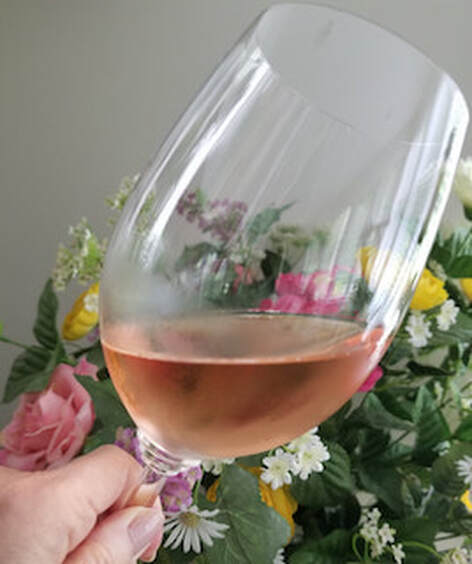
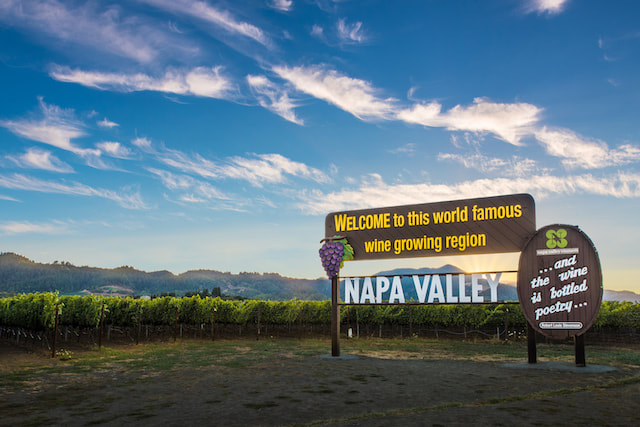
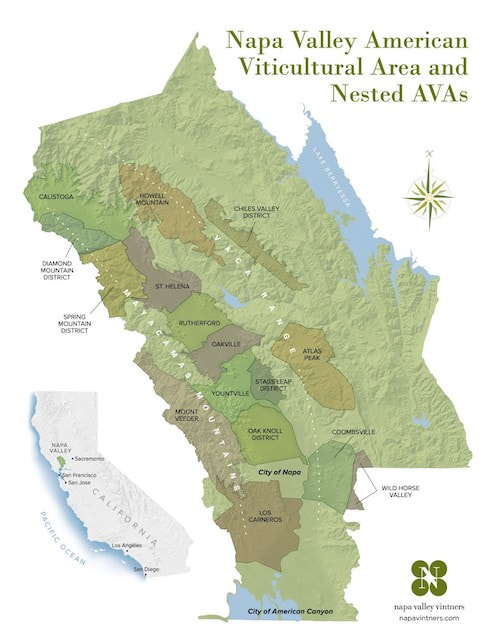
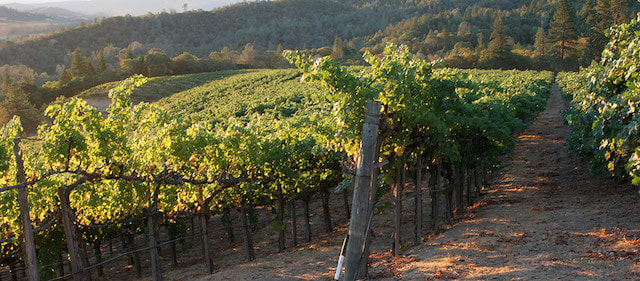

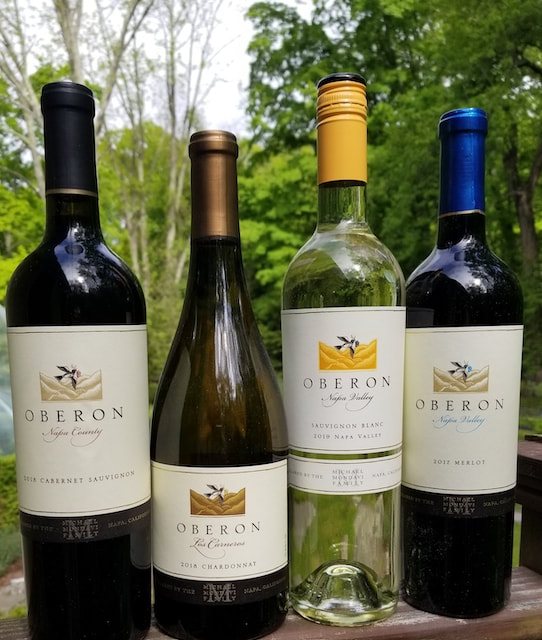
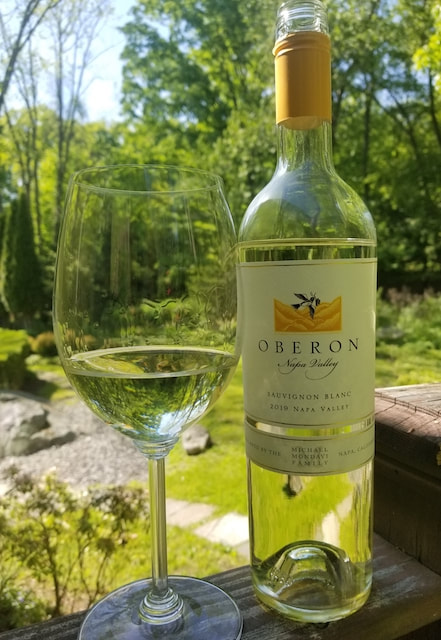
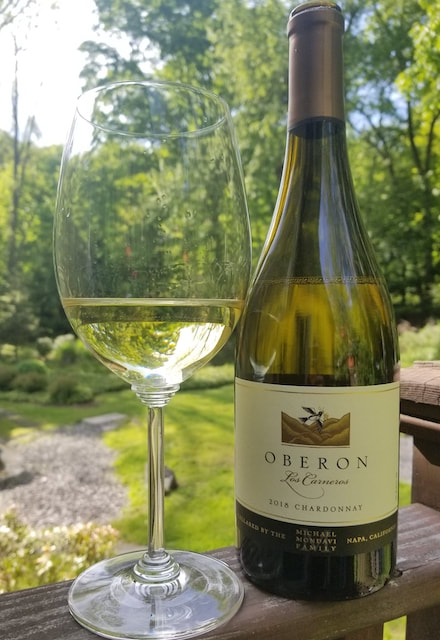
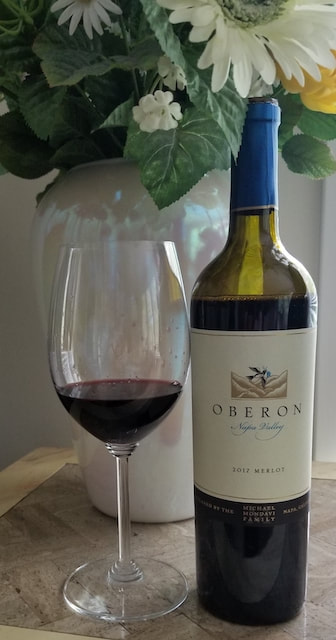
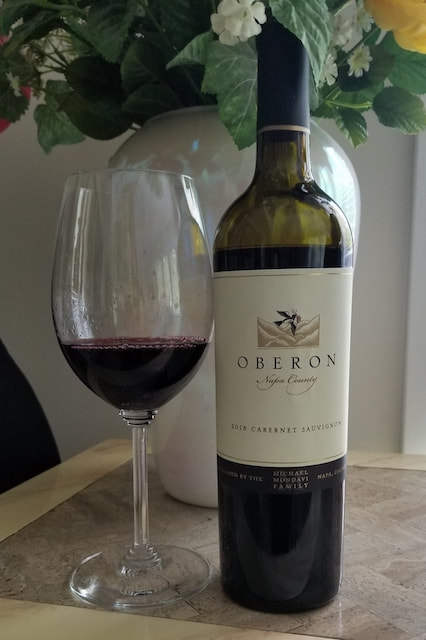
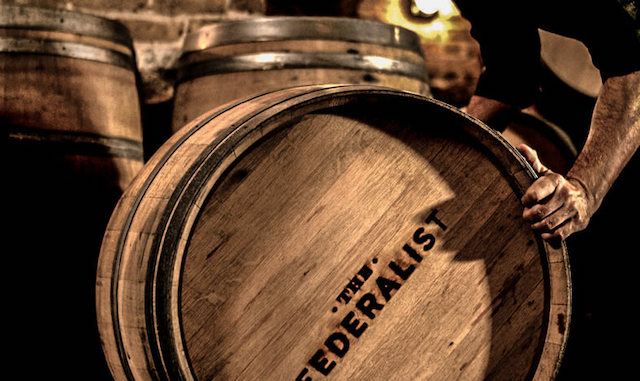
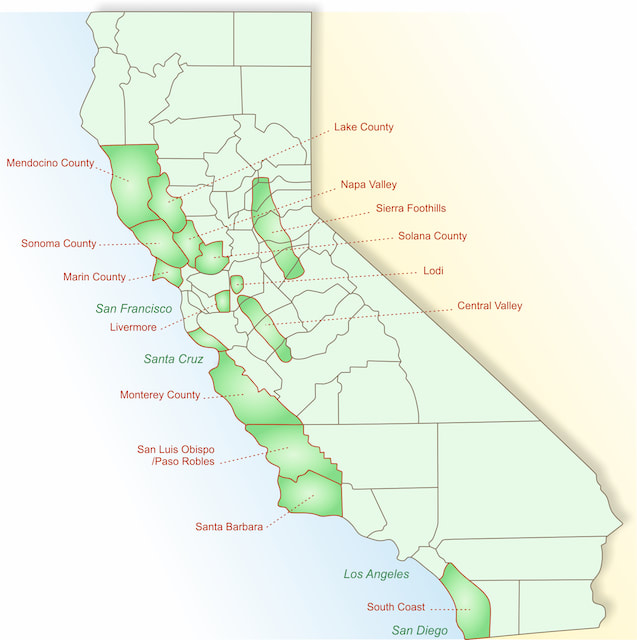
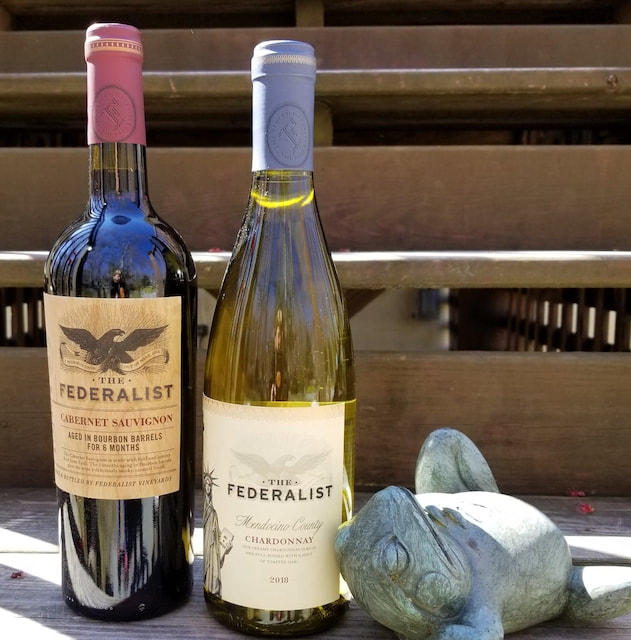
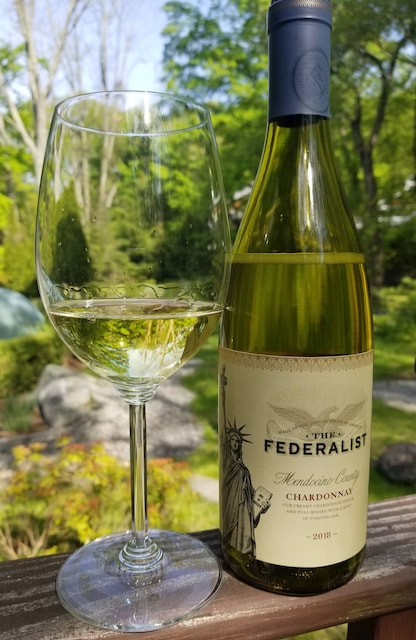
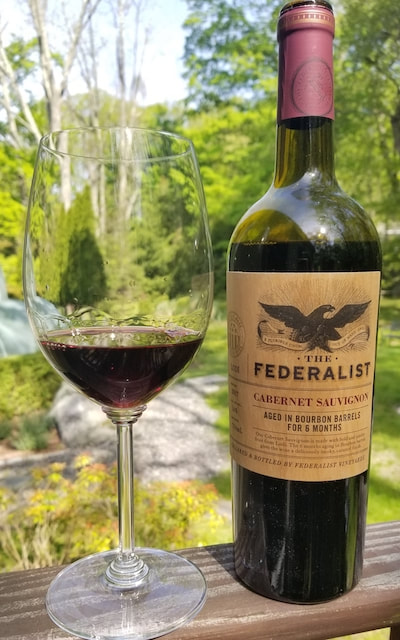
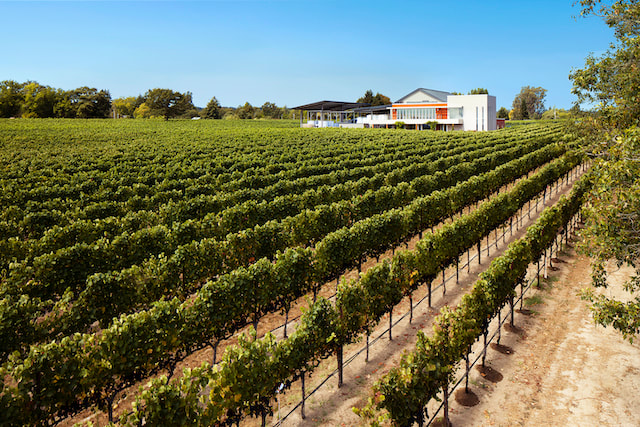

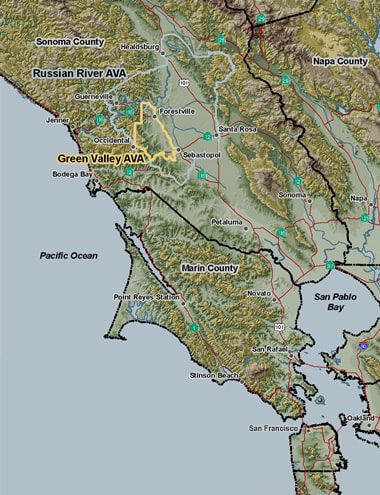
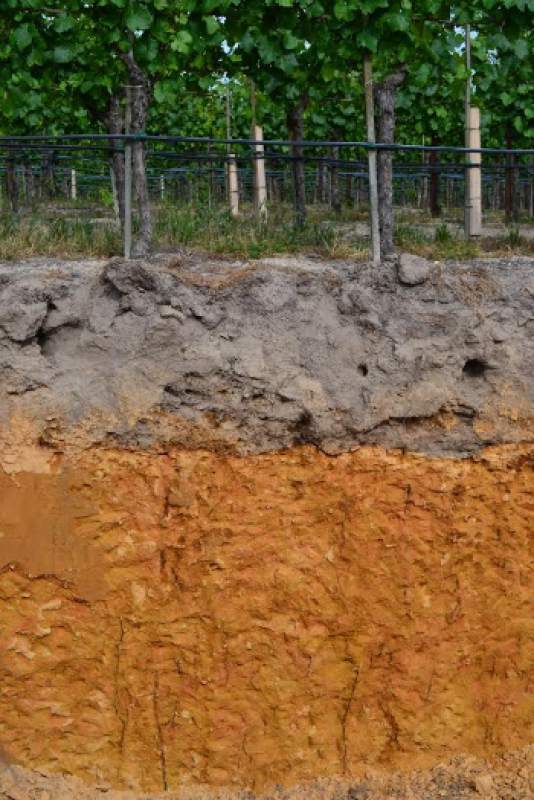
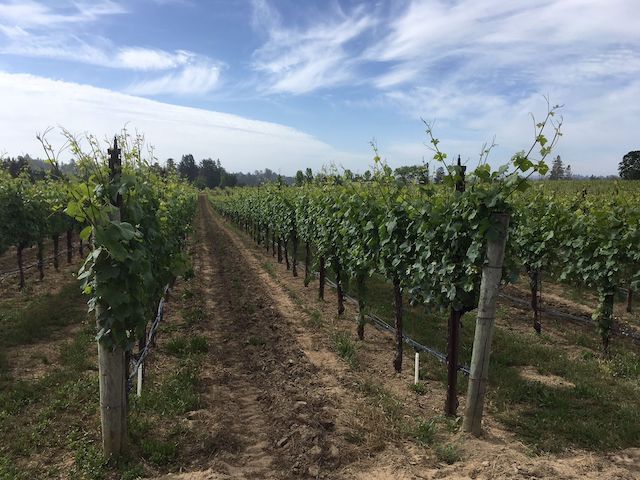
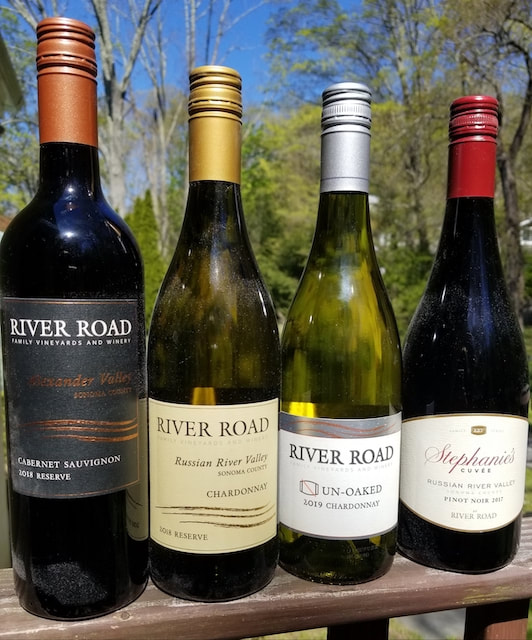
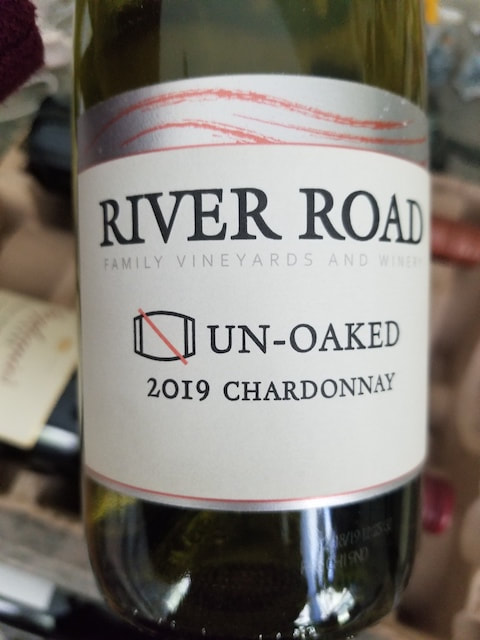
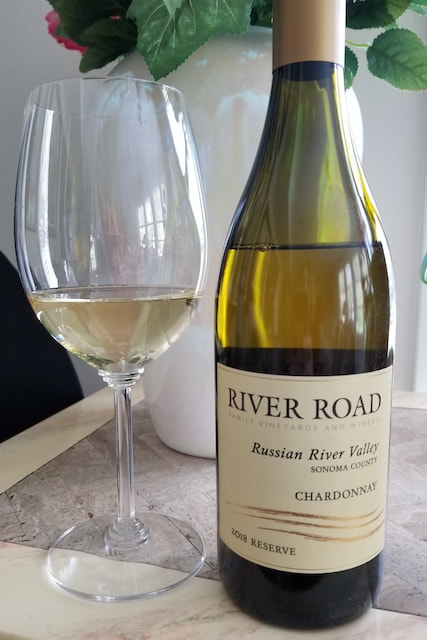
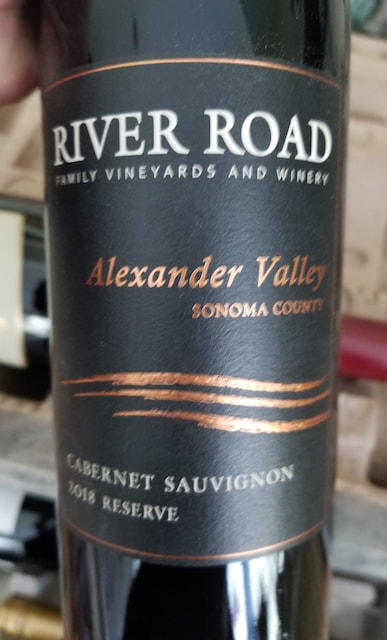
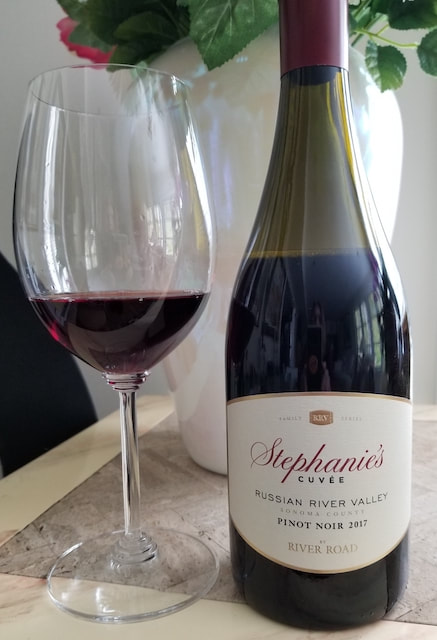


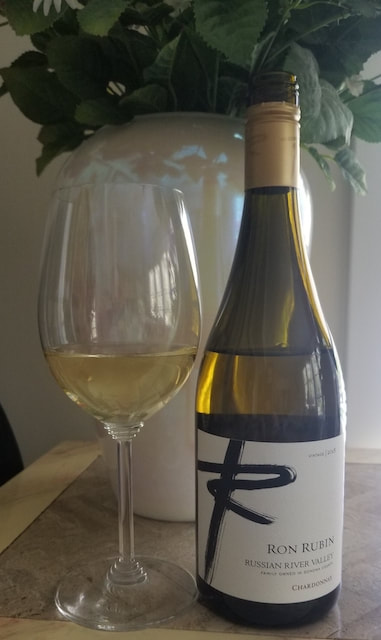
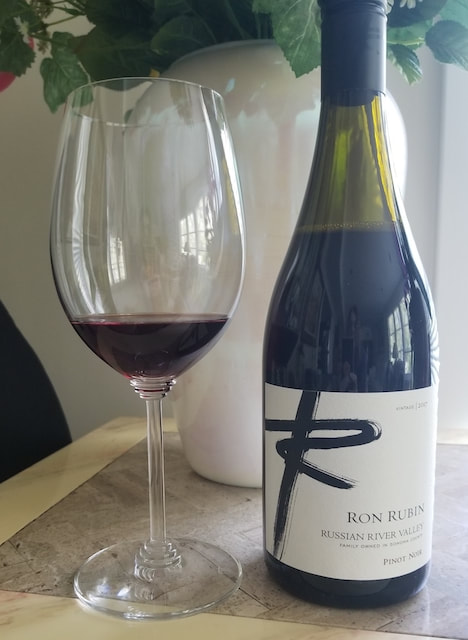
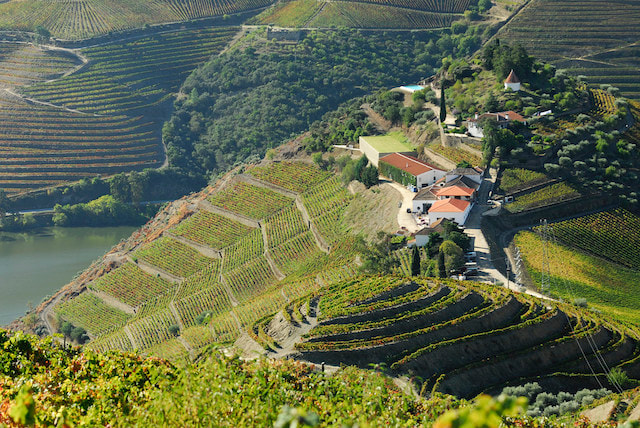
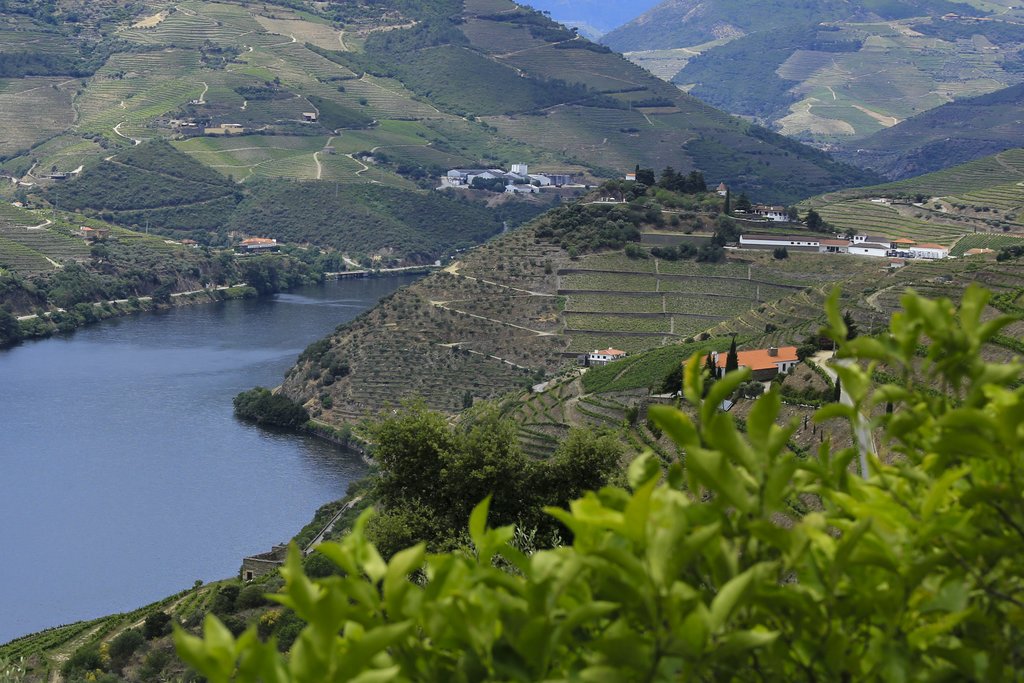
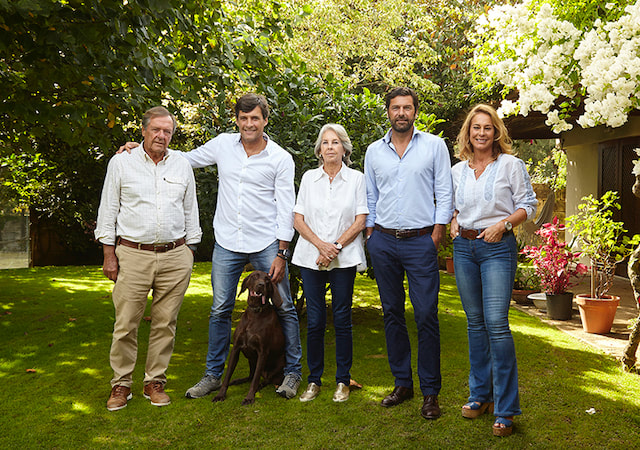
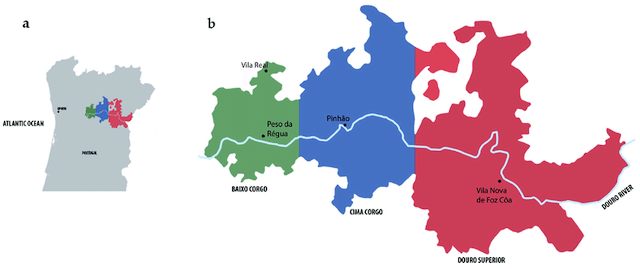
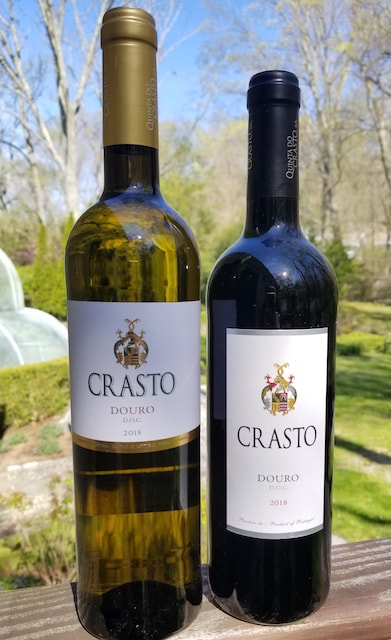
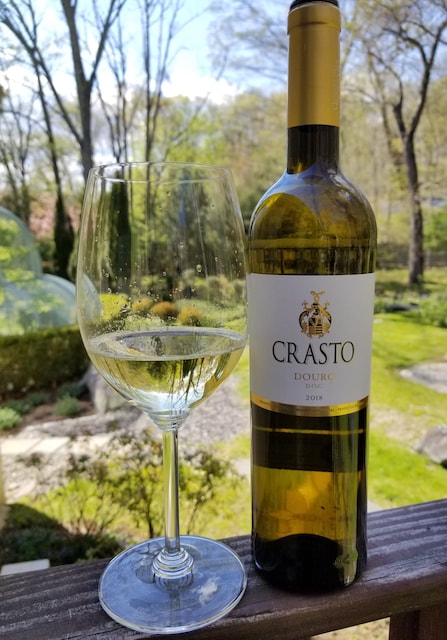
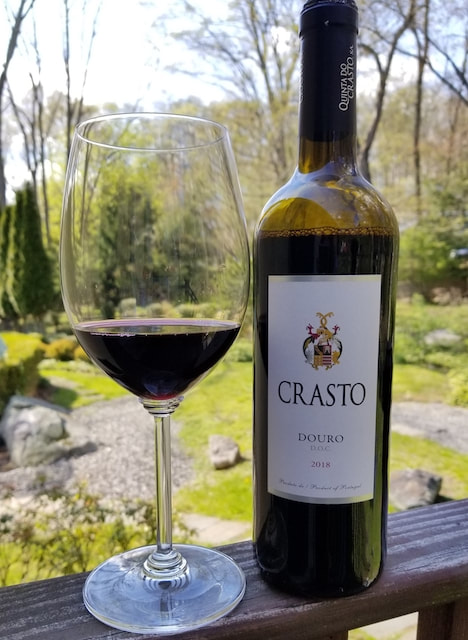
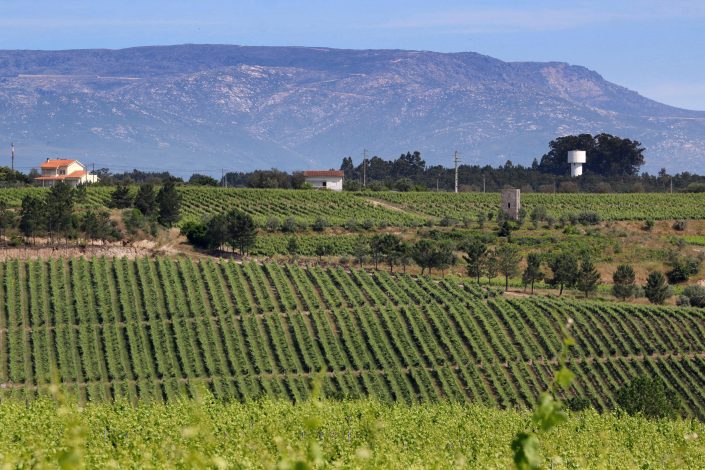
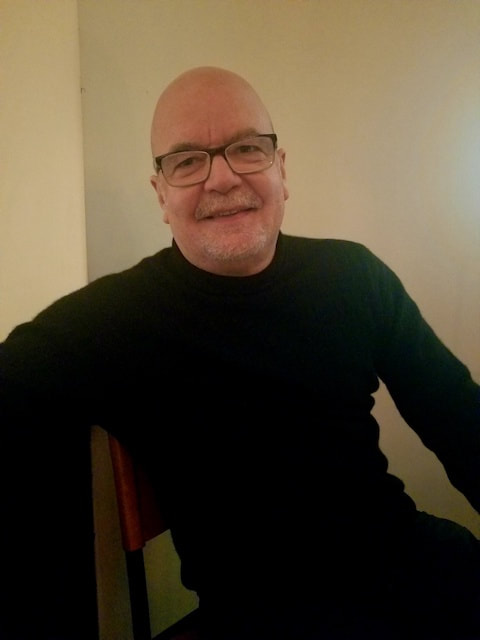
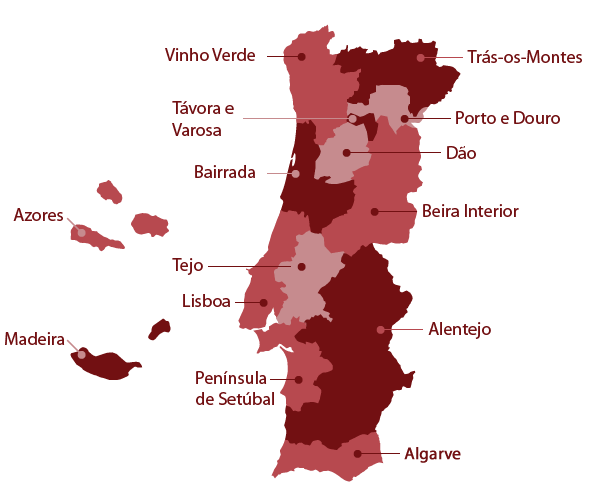
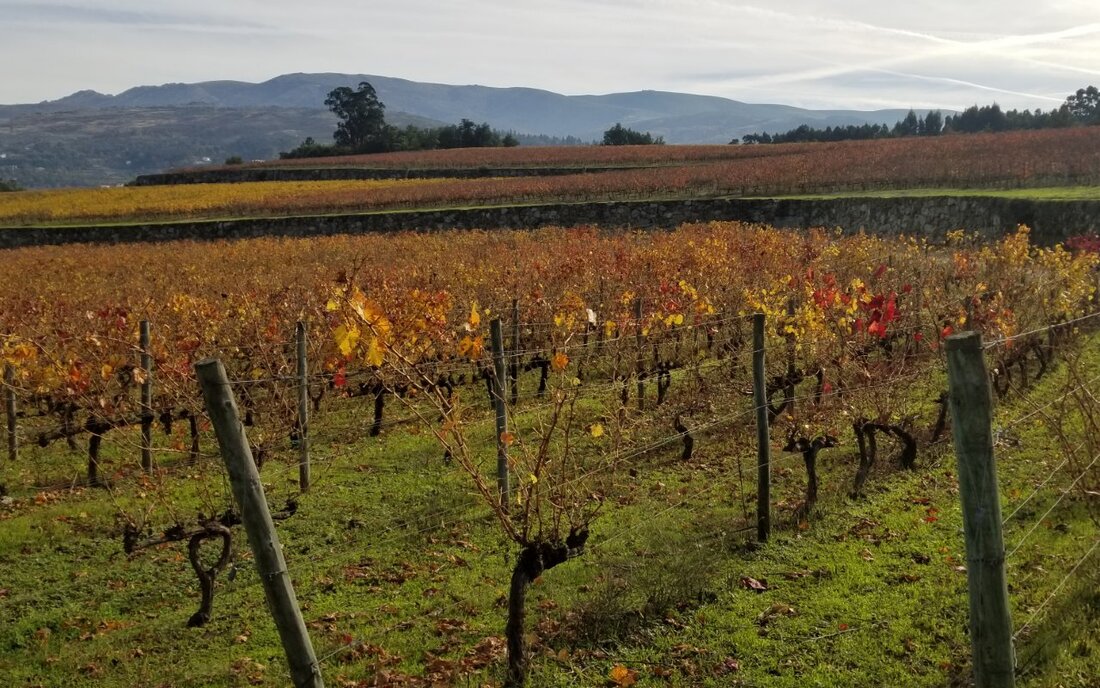
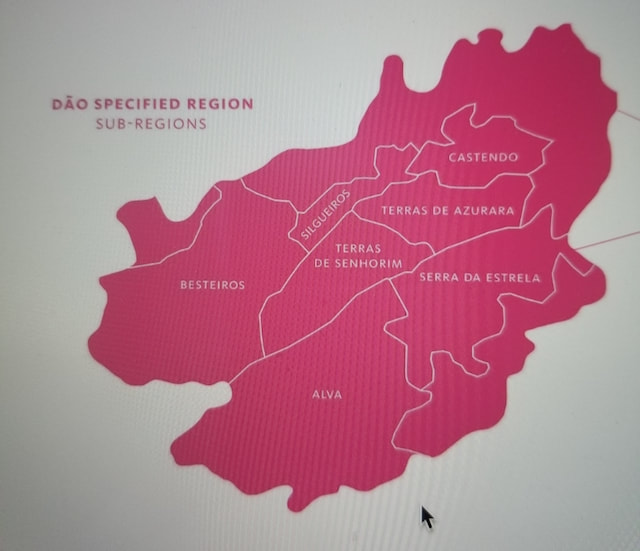
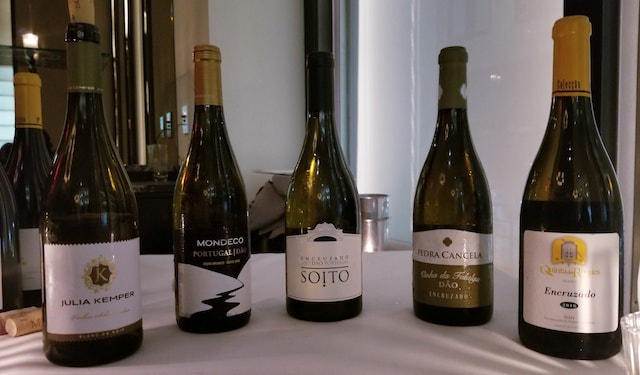
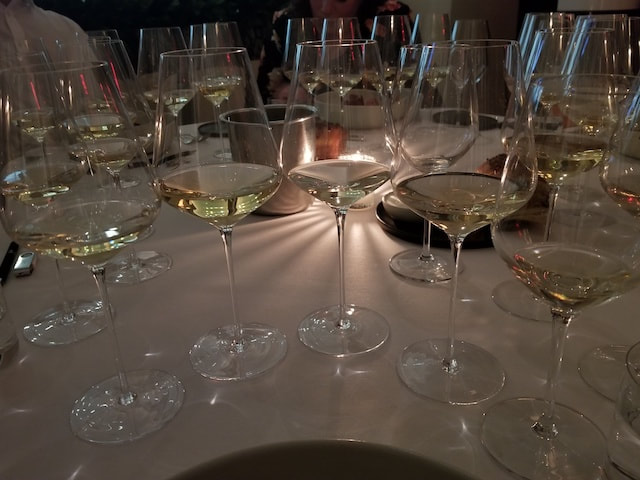

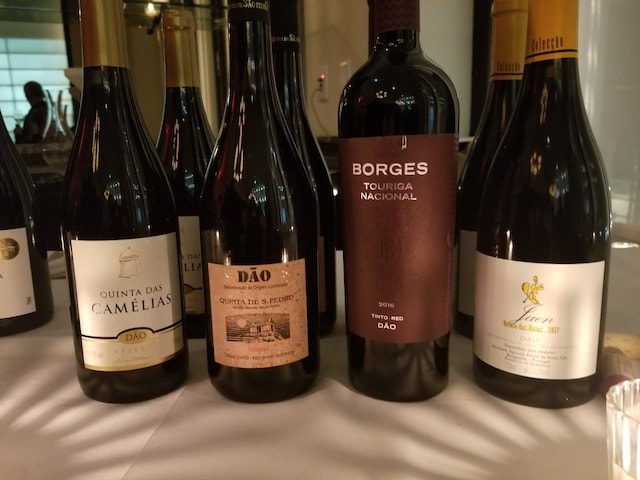
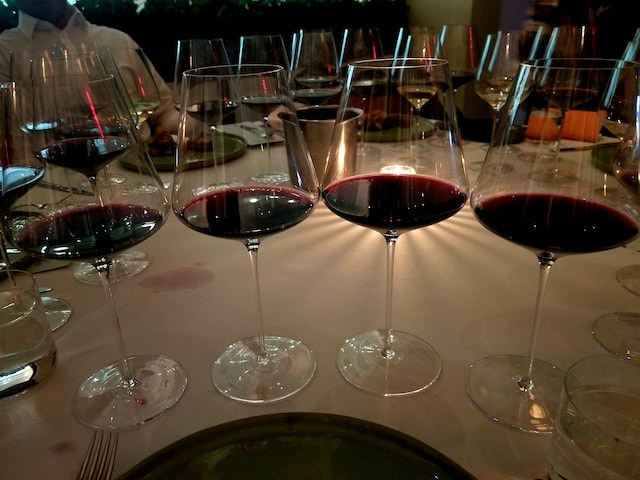

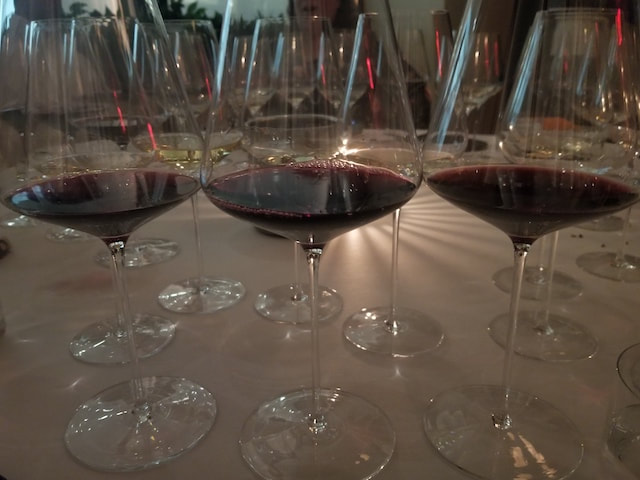
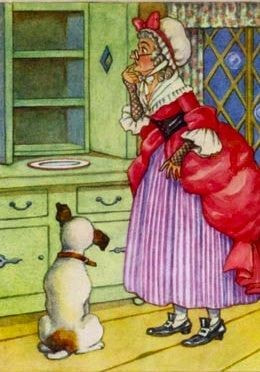
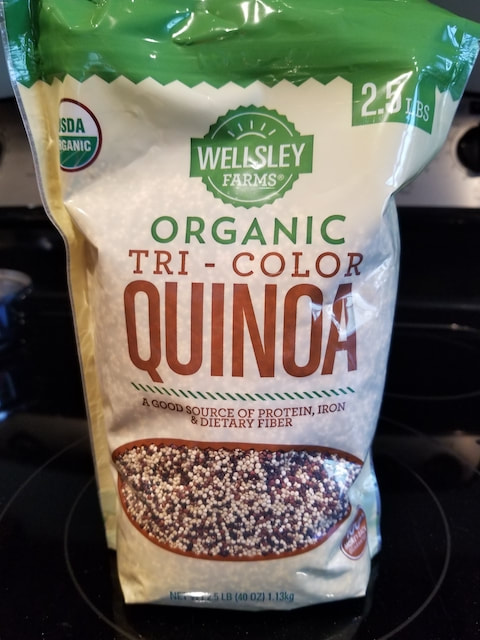

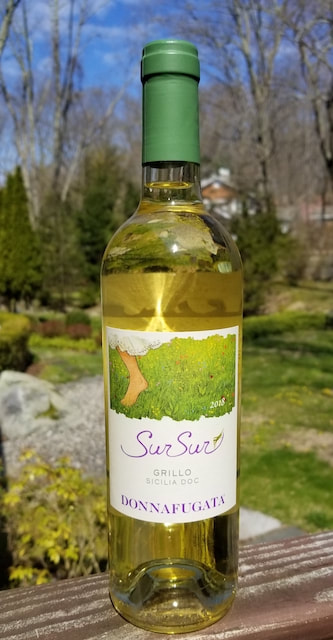
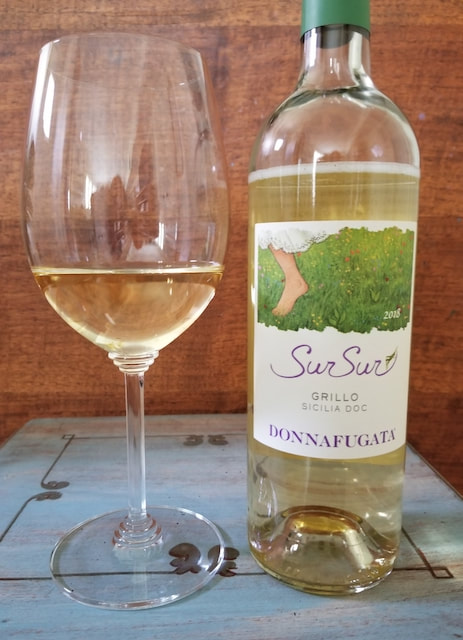
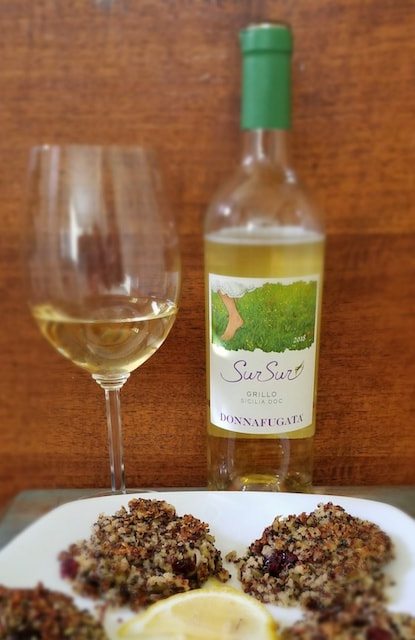
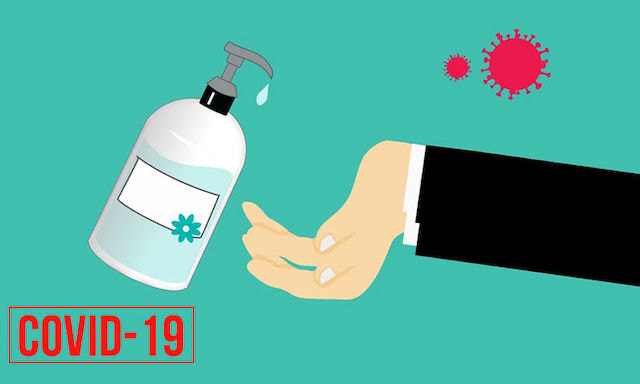
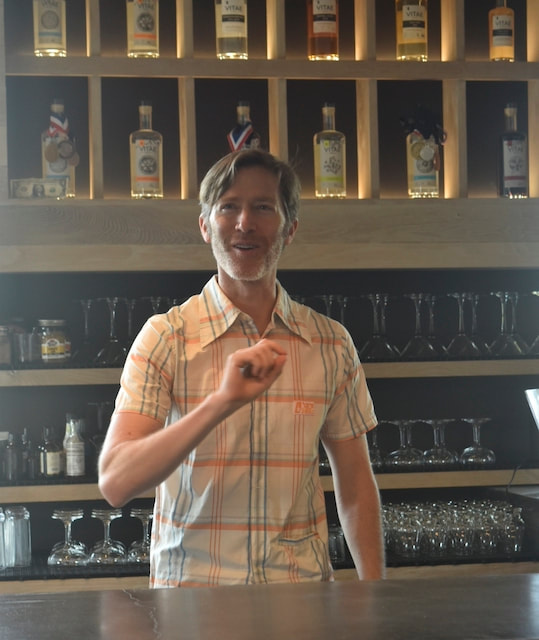
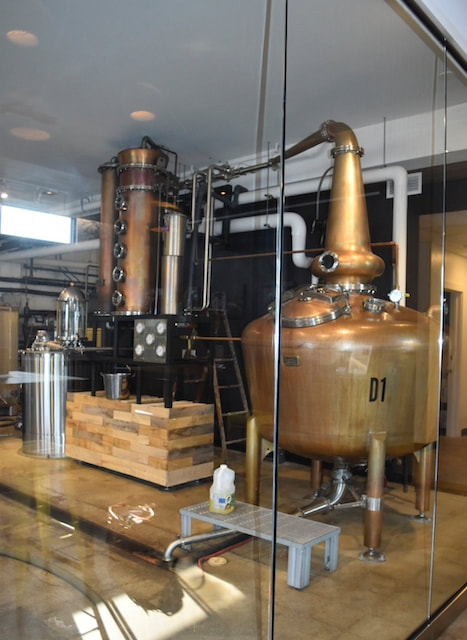
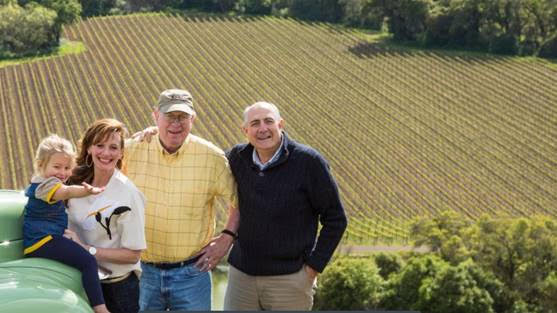
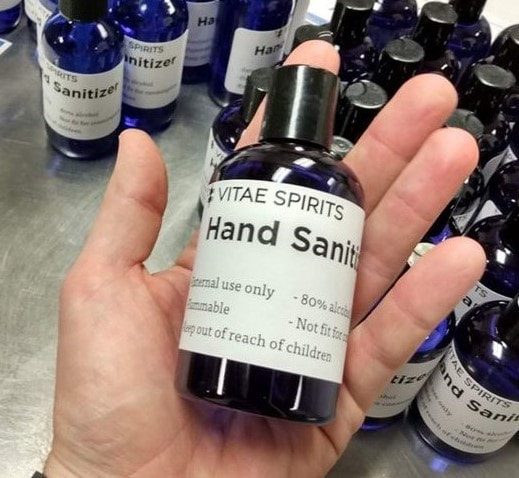
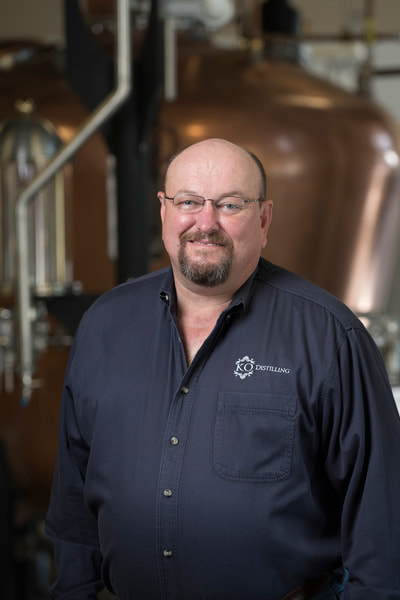
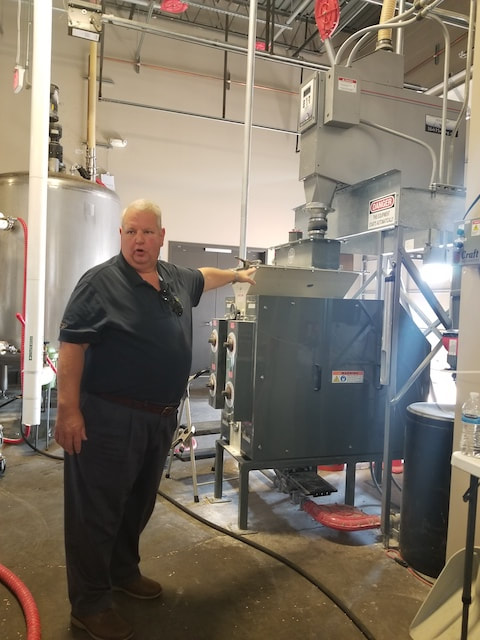

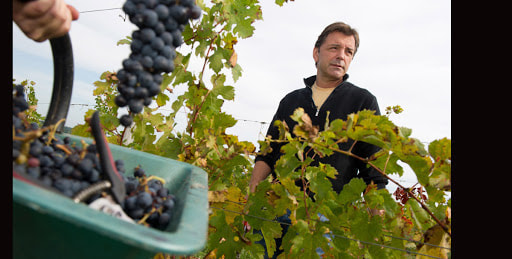
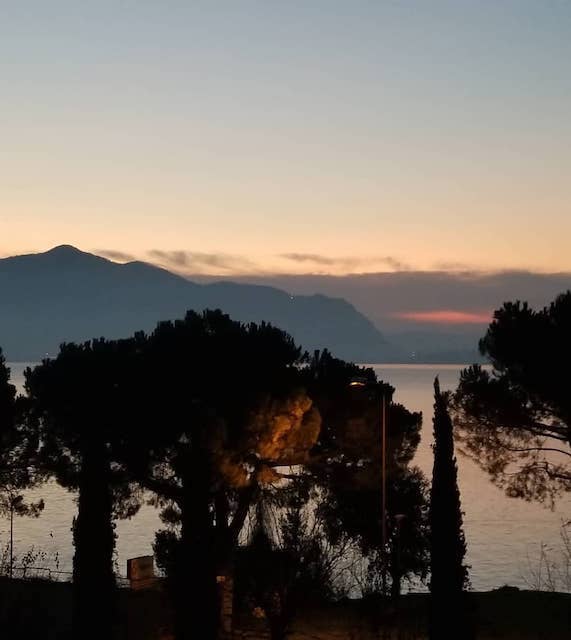
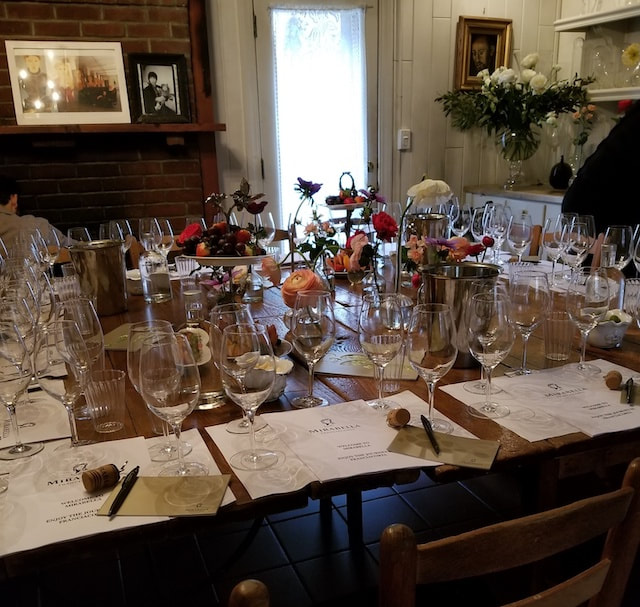
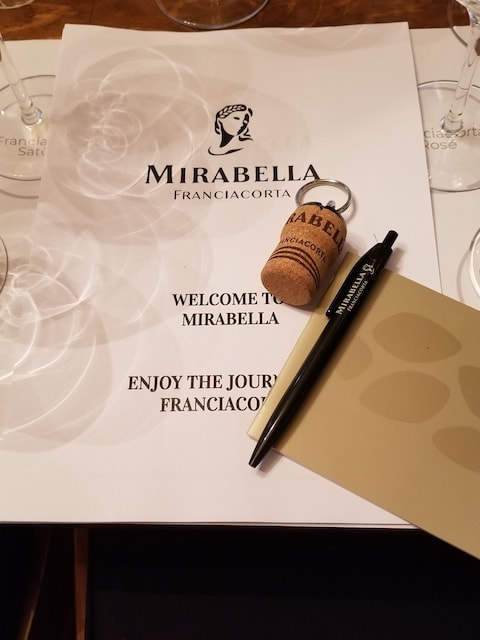
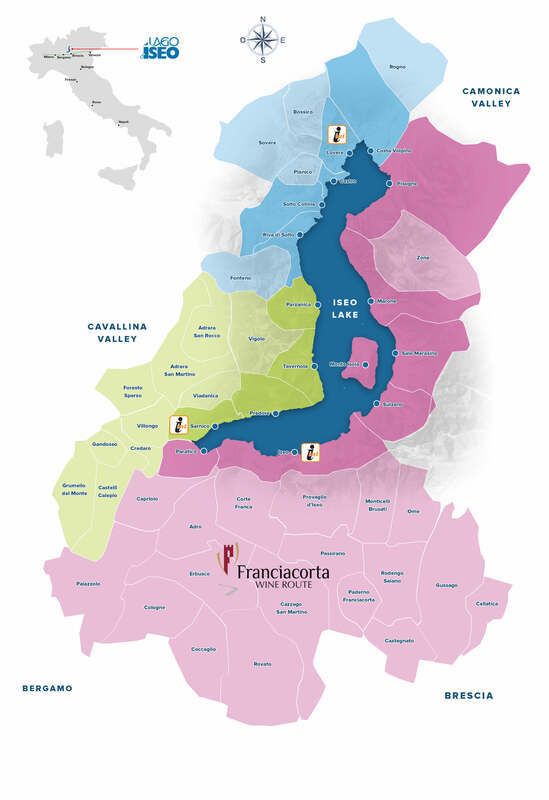
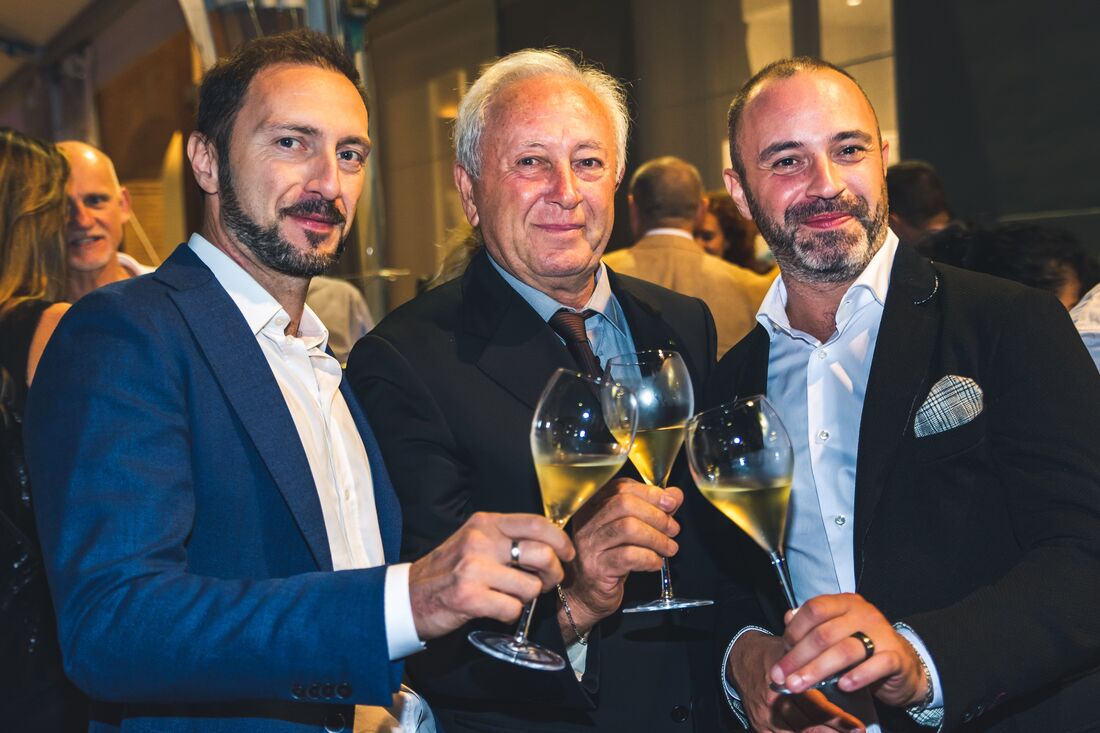


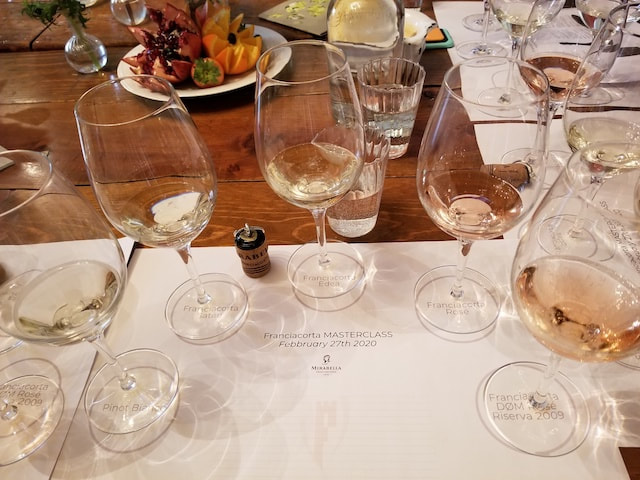
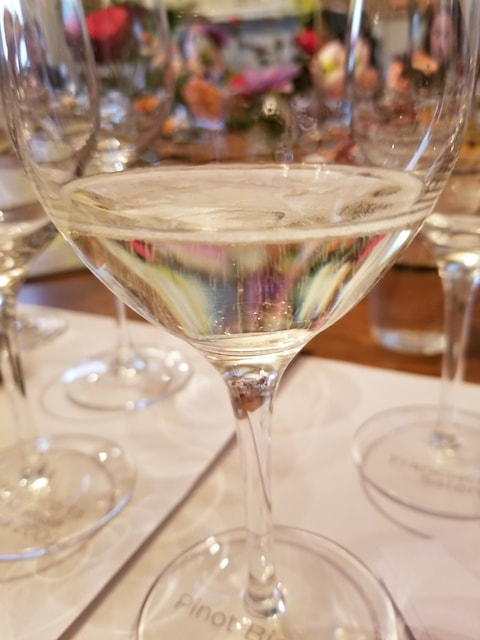
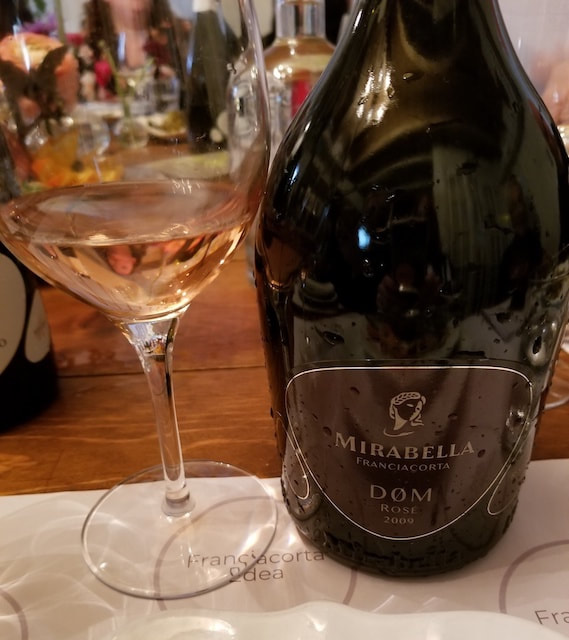
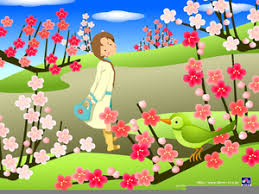
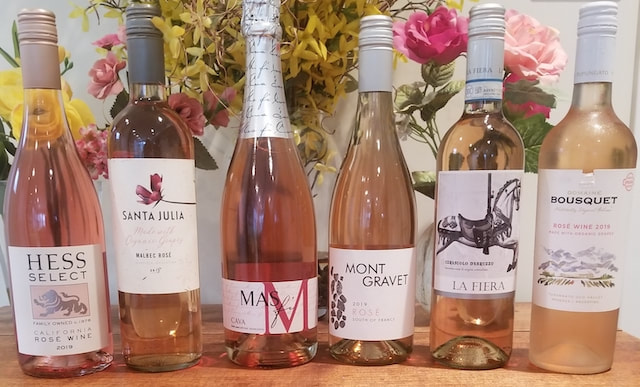
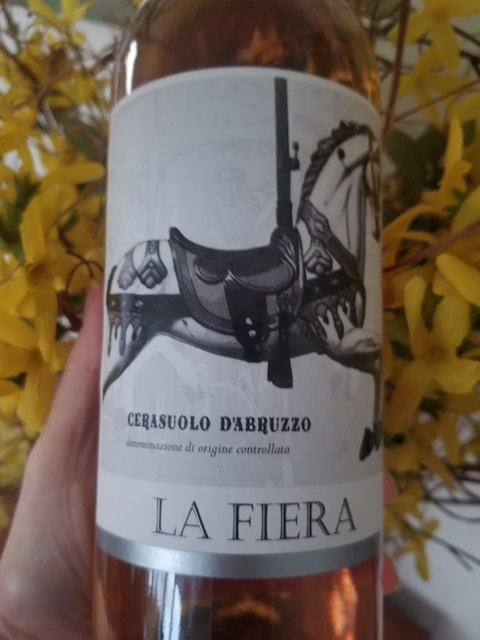
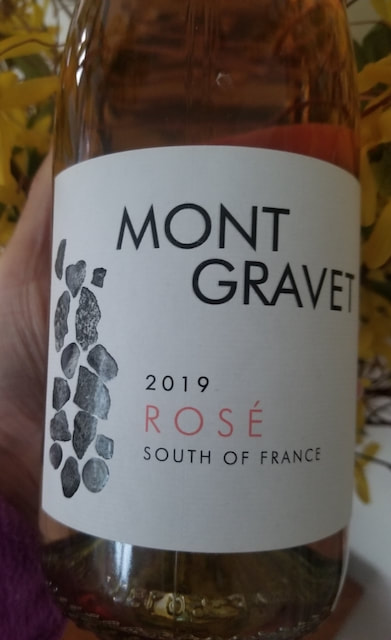
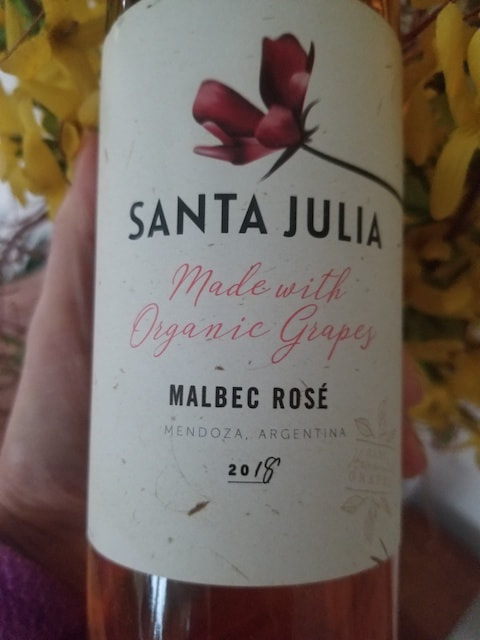
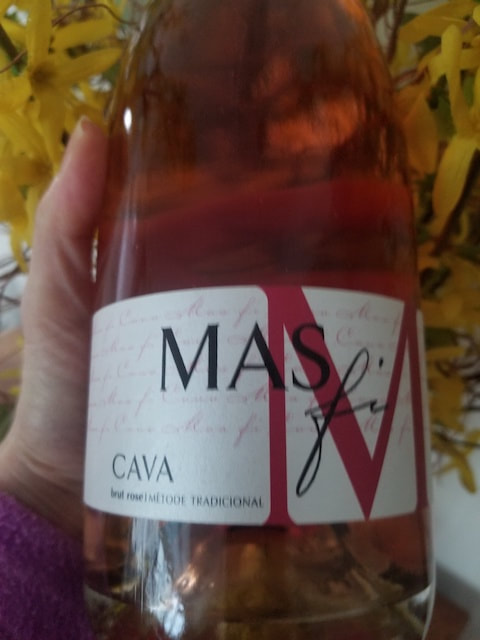
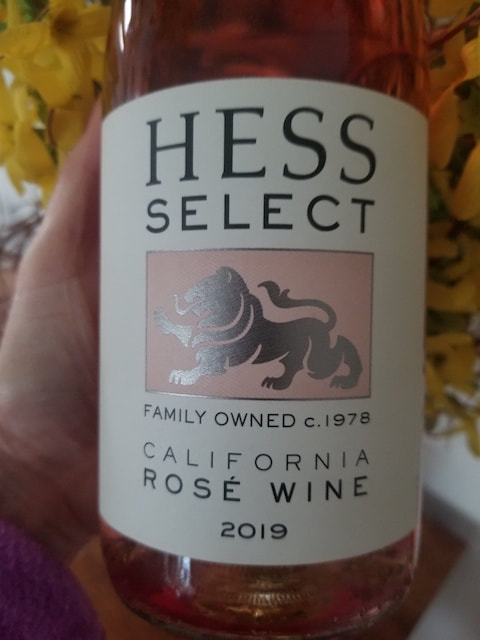
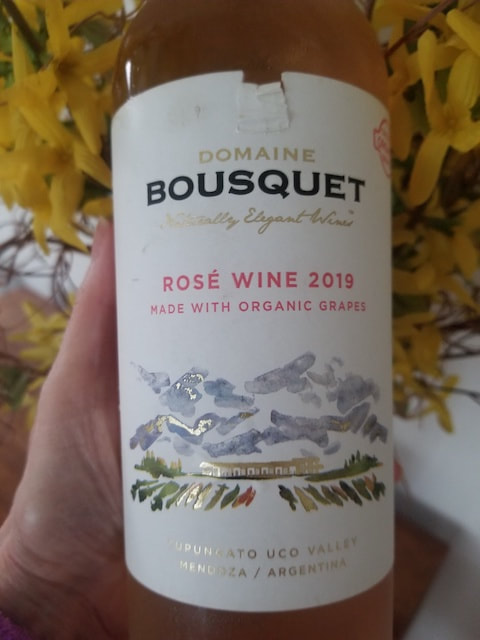
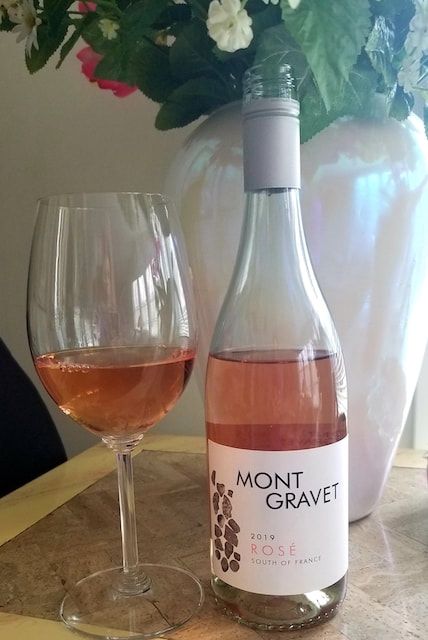
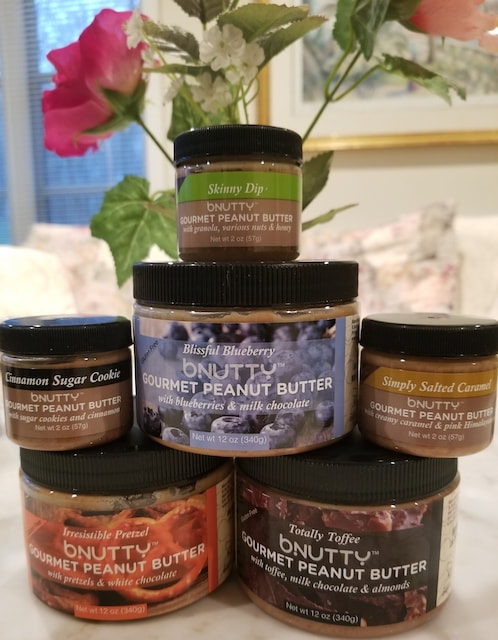
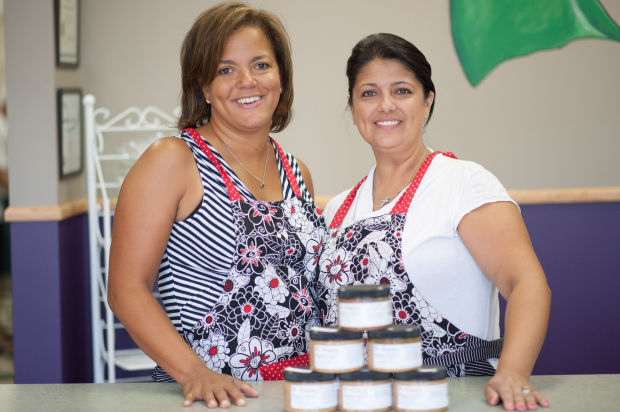
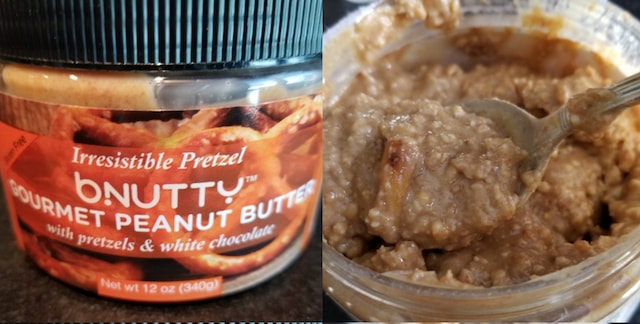
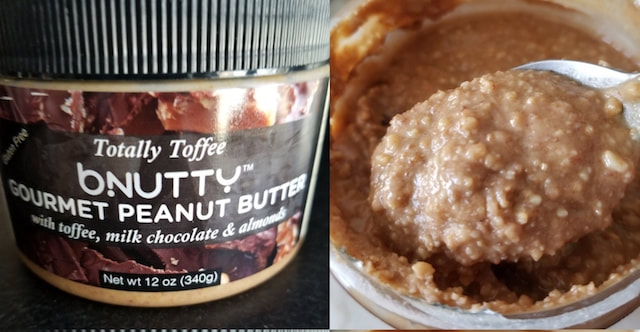
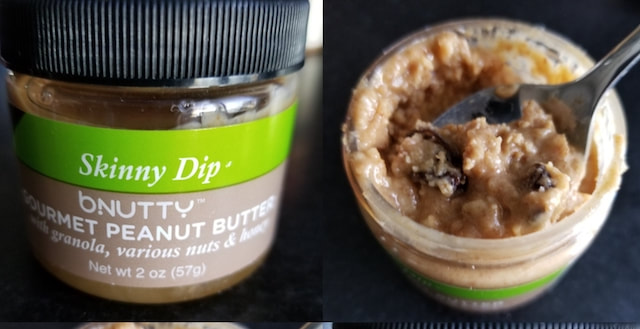
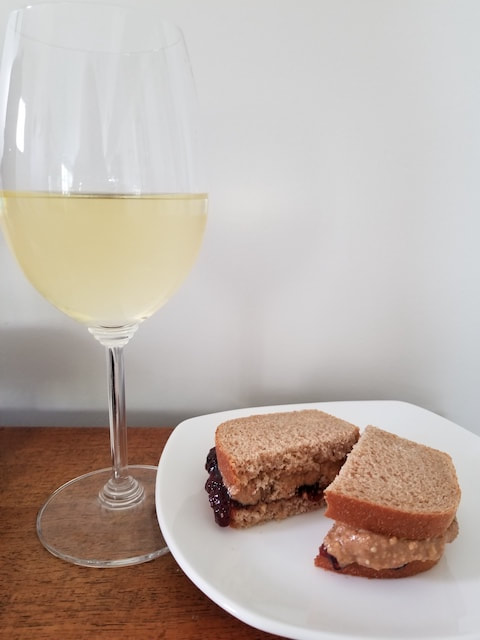
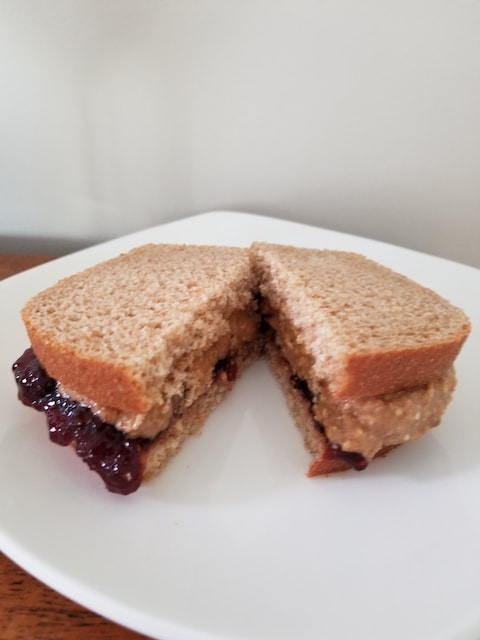
 RSS Feed
RSS Feed